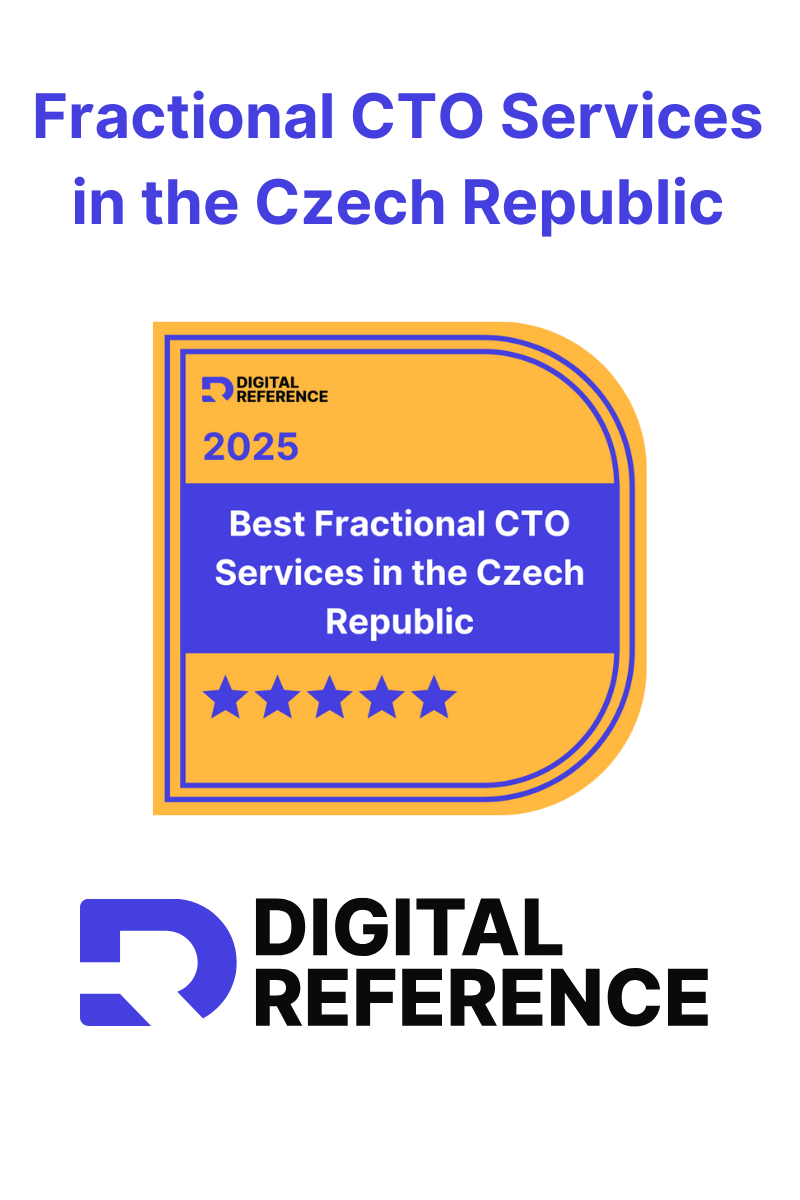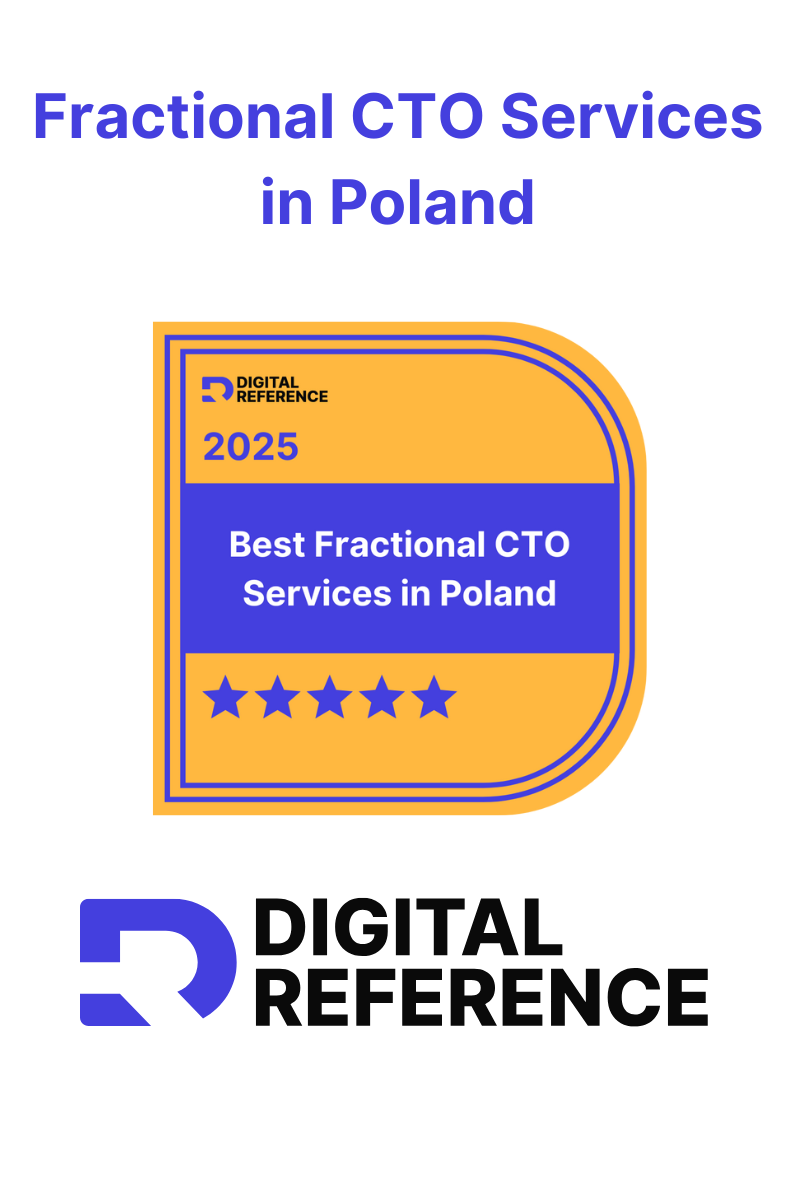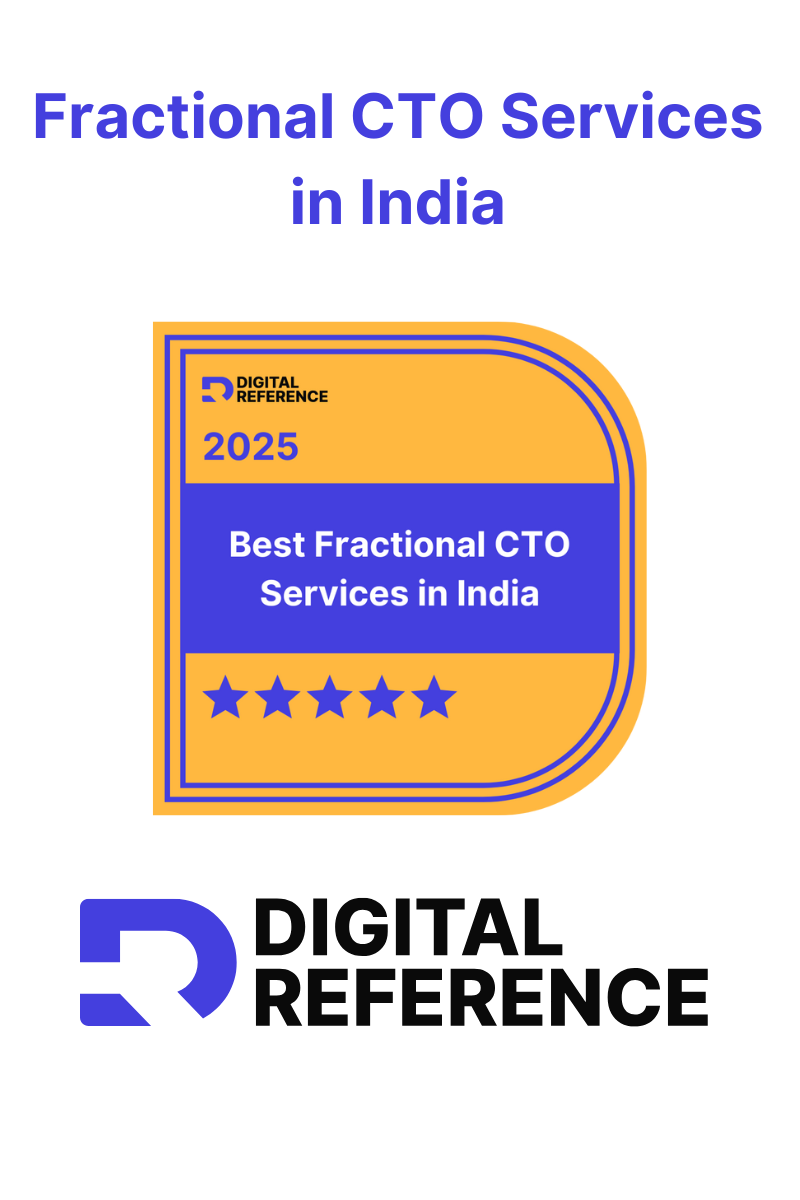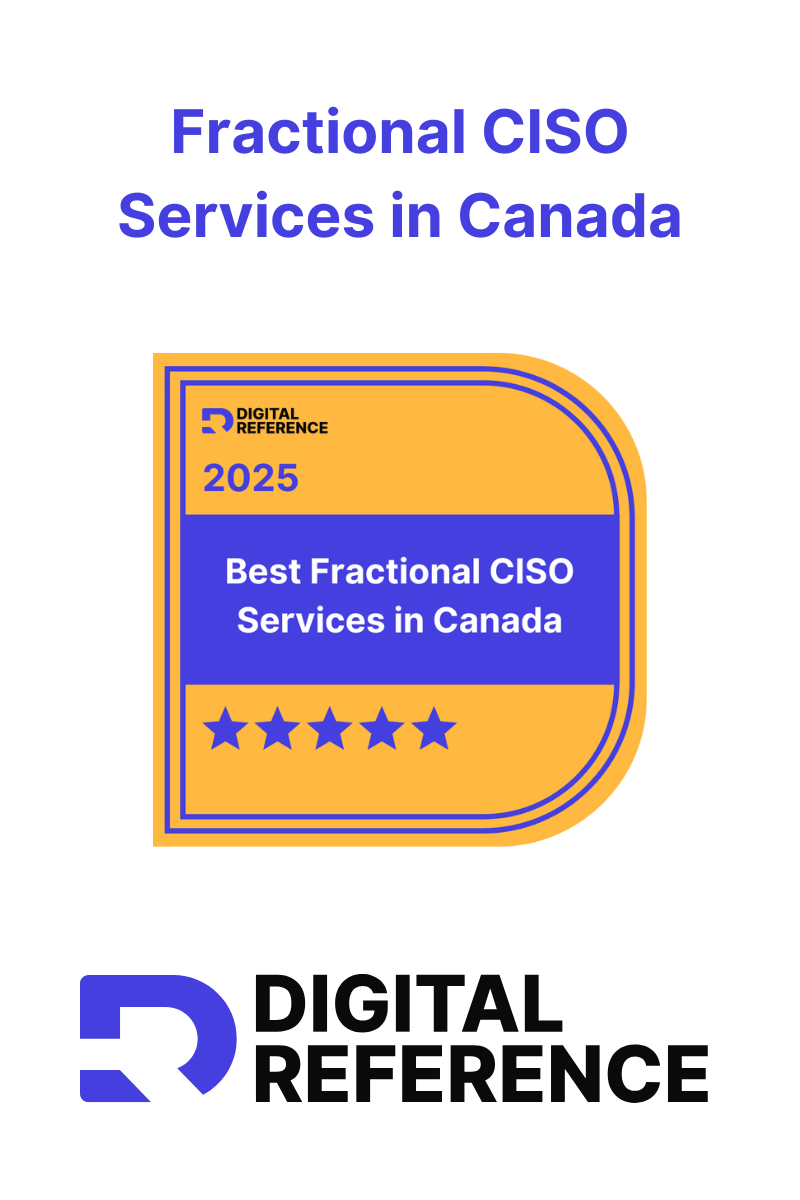Engineering Executives & What They Do

Engineering Executives & What They Do

Understanding the Role of Engineering Executives
Engineering executives play a crucial role in driving technological innovation, product development, and operational efficiency within an organization. These leaders oversee engineering teams, research & development (R&D), infrastructure, and digital transformation, ensuring that companies stay competitive in the rapidly evolving tech landscape.
In this article, we will explore four key engineering executive roles, breaking down their responsibilities and providing real-world examples.
1. Chief Technology Officer (CTO)
The Chief Technology Officer (CTO) is responsible for developing and implementing technology strategies that align with the company’s long-term goals. They lead product development, software engineering, and IT infrastructure, ensuring that the company remains at the cutting edge of innovation.
Key Responsibilities:
- Technology Strategy & Innovation – Defines the company’s tech vision and roadmap, keeping up with emerging trends.
- Software & Product Development – Leads teams in building scalable, efficient, and secure software solutions.
- Infrastructure & Security – Ensures robust IT systems, cloud computing, and cybersecurity measures.
- Collaboration with Other Departments – Works closely with R&D, operations, and business leaders to integrate technology with business objectives.
Example:
Elon Musk, CTO of SpaceX, has led innovations in aerospace engineering, driving advancements in reusable rockets and satellite internet technology.
2. Chief Engineering Officer (CEngO)
The Chief Engineering Officer (CEngO) is responsible for leading engineering teams, ensuring project execution, and optimizing engineering processes. This role focuses on the technical execution of engineering projects, balancing efficiency with quality.
Key Responsibilities:
- Overseeing Engineering Operations – Manages teams of engineers, project managers, and designers to deliver high-quality products.
- Process Optimization & Efficiency – Implements best practices for software development, product design, and mechanical engineering.
- Resource Allocation & Budgeting – Ensures engineering teams have the necessary tools, technology, and funding to succeed.
- Risk Management & Compliance – Addresses technical risks, regulatory compliance, and safety concerns.
Example:
At Tesla, senior engineering leaders ensure that electric vehicle (EV) production meets safety and efficiency standards, from battery innovation to manufacturing automation.
3. Chief Product Officer (CPO)
The Chief Product Officer (CPO) oversees product development, user experience (UX), and market fit, ensuring that engineering teams create products that meet consumer needs and business goals.
Key Responsibilities:
- Product Strategy & Vision – Defines the roadmap for new and existing products, aligning with customer needs and market trends.
- Cross-Functional Leadership – Collaborates with engineering, marketing, and sales teams to bring innovative products to market.
- User Experience & Design Thinking – Ensures that products offer seamless UX/UI and solve real-world problems.
- Data-Driven Decision Making – Uses customer insights, analytics, and A/B testing to refine product offerings.
Example:
Tony Fadell, former CPO of Nest Labs, led the development of smart home products like the Nest Thermostat, revolutionizing energy efficiency and IoT technology.
4. Chief Information Officer (CIO)
The Chief Information Officer (CIO) is responsible for managing enterprise IT systems, data governance, and digital transformation. Unlike the CTO, who focuses on external product technology, the CIO ensures that internal IT operations run smoothly.
Key Responsibilities:
- Enterprise IT Strategy – Oversees the company’s IT infrastructure, cloud computing, and software applications.
- Cybersecurity & Data Privacy – Implements security protocols, compliance frameworks, and data protection measures.
- Business Intelligence & Analytics – Leverages AI, machine learning, and big data to enhance decision-making.
- IT Budgeting & Vendor Management – Manages IT spending and relationships with technology providers.
Example:
At large corporations like IBM and Microsoft, CIOs lead global IT strategies, ensuring that enterprise technology supports business growth and operational efficiency.
Final Thoughts: The Importance of Engineering Executives
Engineering executives are at the forefront of technological innovation, ensuring that businesses remain competitive, efficient, and forward-thinking. Each role brings a unique focus:
- CTOs drive technology innovation and R&D.
- CEngOs manage engineering execution and technical operations.
- CPOs oversee product development and market fit.
- CIOs handle internal IT systems and enterprise digital transformation.
By working together, these engineering leaders help businesses develop cutting-edge products, optimize technical operations, and embrace digital transformation. Whether you’re an aspiring engineering executive or a business leader, understanding these roles is key to building a successful engineering strategy.
Learn more about Digital Reference, Our Vision, and Mission
- What is Digital Reference?
- We think we can Replace the Resume at Digital Reference
- AI Killed the Resume - here’s why we believe that
- What does Digital Reference mean Radical Authenticity?
- What is Radical Transparency in the Talent Ecosystem?
- Why verified Professional References matter more than ever!
- Best practices when collecting professional references
- Here is how Digital Reference is making the Talent Ecosystem more efficient
- Best tools for collecting professional references
- The best tool for managing your professional reputation
- Why digital reference is more than a video resume
Explore other types of professionals, consultants, and executives featured on Digital Reference
- Careers for IT consultants & tech experts
- Legal professionals and what they do
- Product professionals and the roles available
- Operations professionals and the roles available
- List of the most popular industries to be a consultant
- Environmental consultants and the roles available
- Operations consultants and what they do
- Revenue professionals and the roles available
- HR executives and their key functions
- Finance & accounting consultants and what they do
- Jobs as fitness consultants or health experts
- Details on what revenue consultants do
- Learn more about academic professionals
- Deep dive into what HR consultants do
- Fitness professionals and the roles available
- Online marketplace professions
- Finance executives - roles that make the big bucks
- Finance professionals and the roles available
- What do marketing consultants do?
- Different professions in real estate
- Healthcare consultants deep dive
Guides to outsourced and fractional services:
- How to Hire a Fractional COO
- What does an outsourced chief of staff agency do
- What is an outsourced CEO agency
We'd love to hear from you, reach out at hello@digitalreference.co.
Subscribe to our newsletter
We'd love to have you follow our journey, learn about to new features and functionality, and get access to talent ecosystem news.

.jpeg)
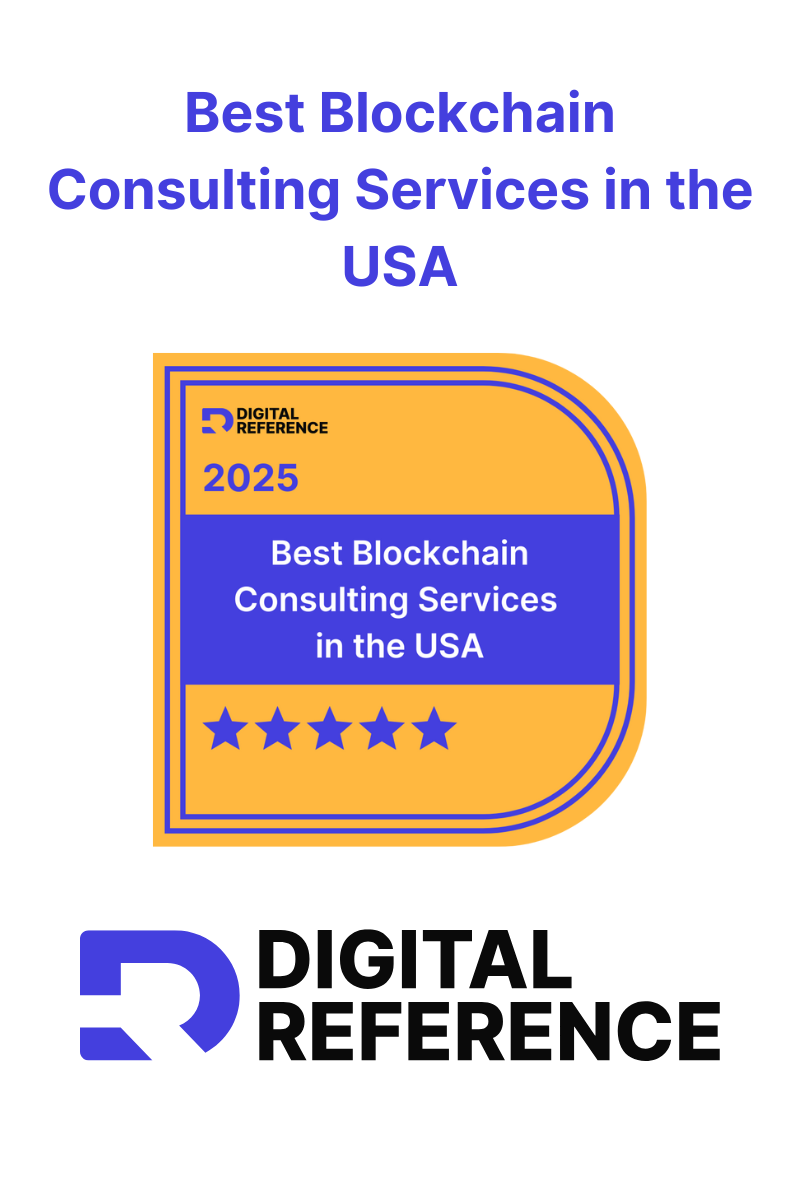


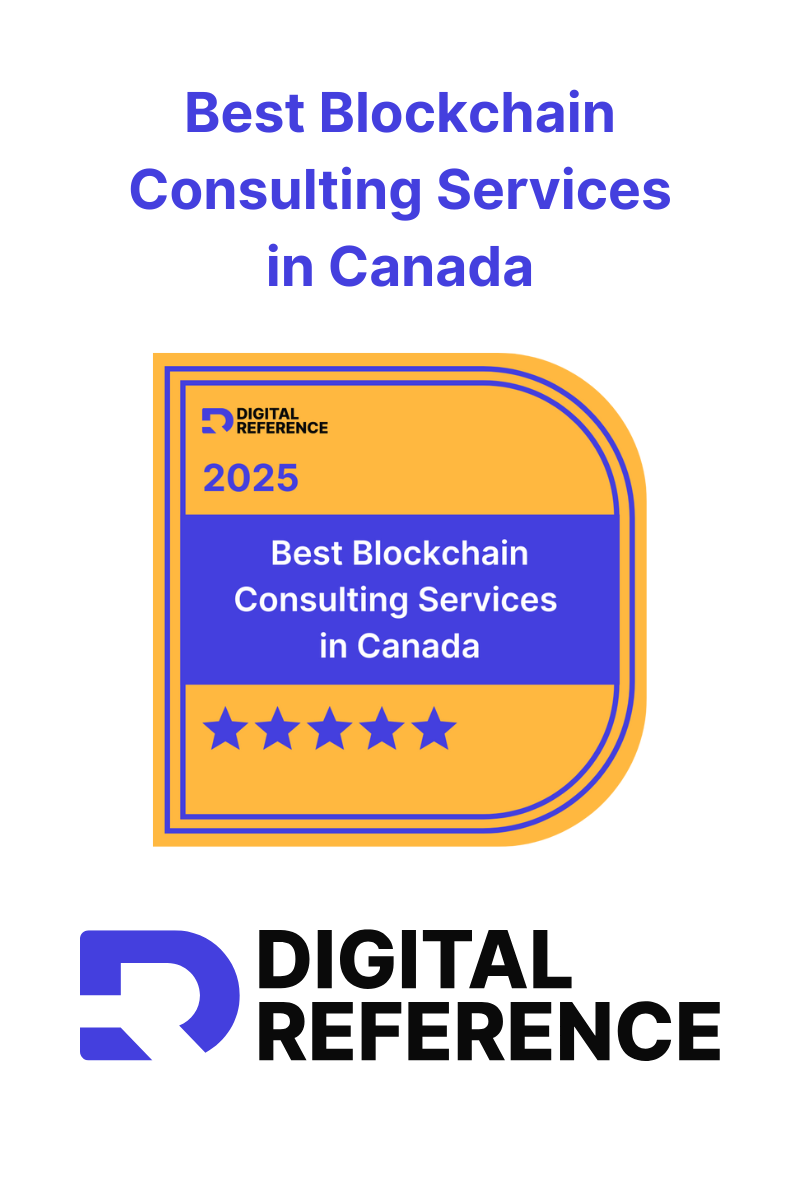
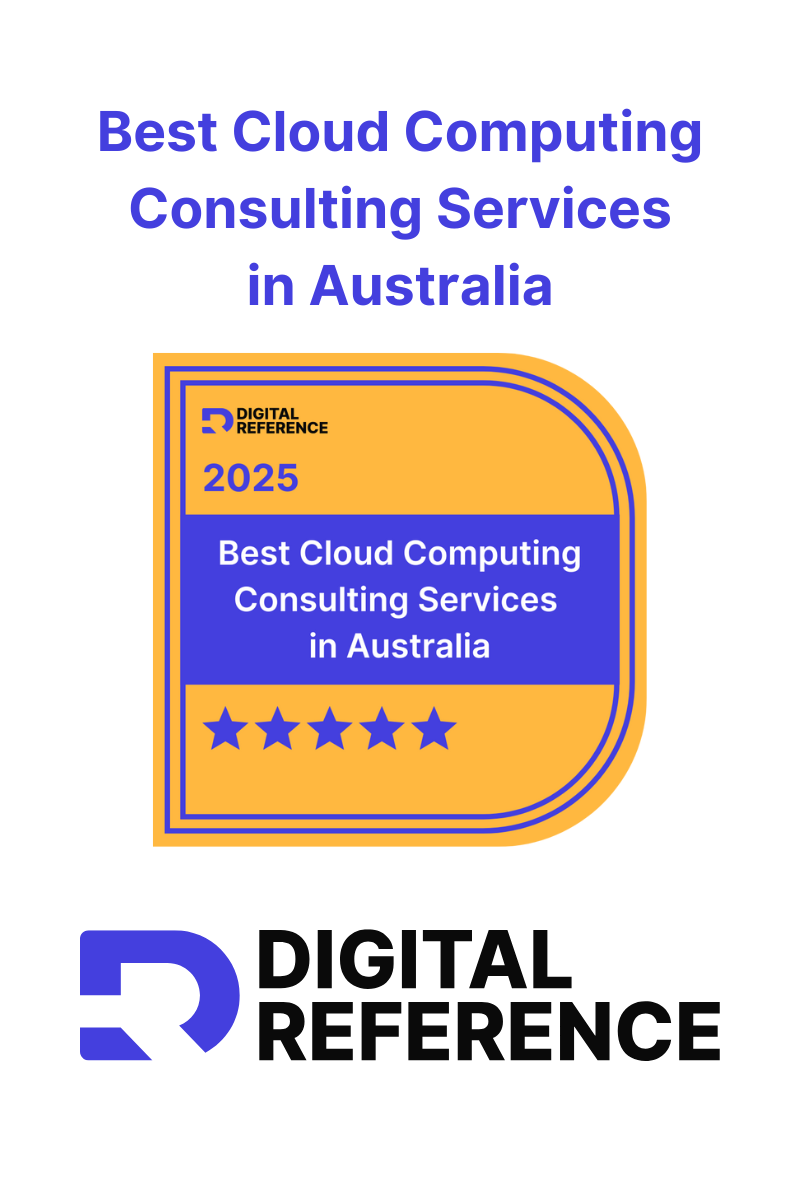
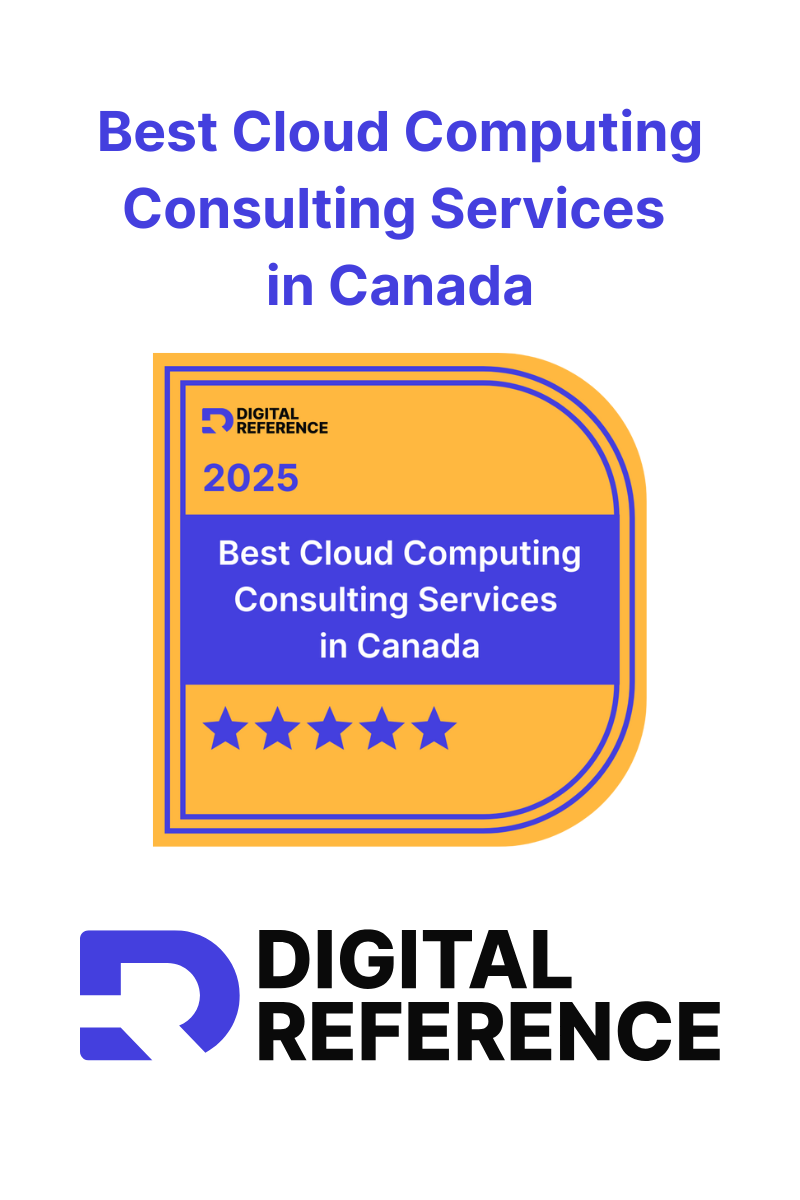
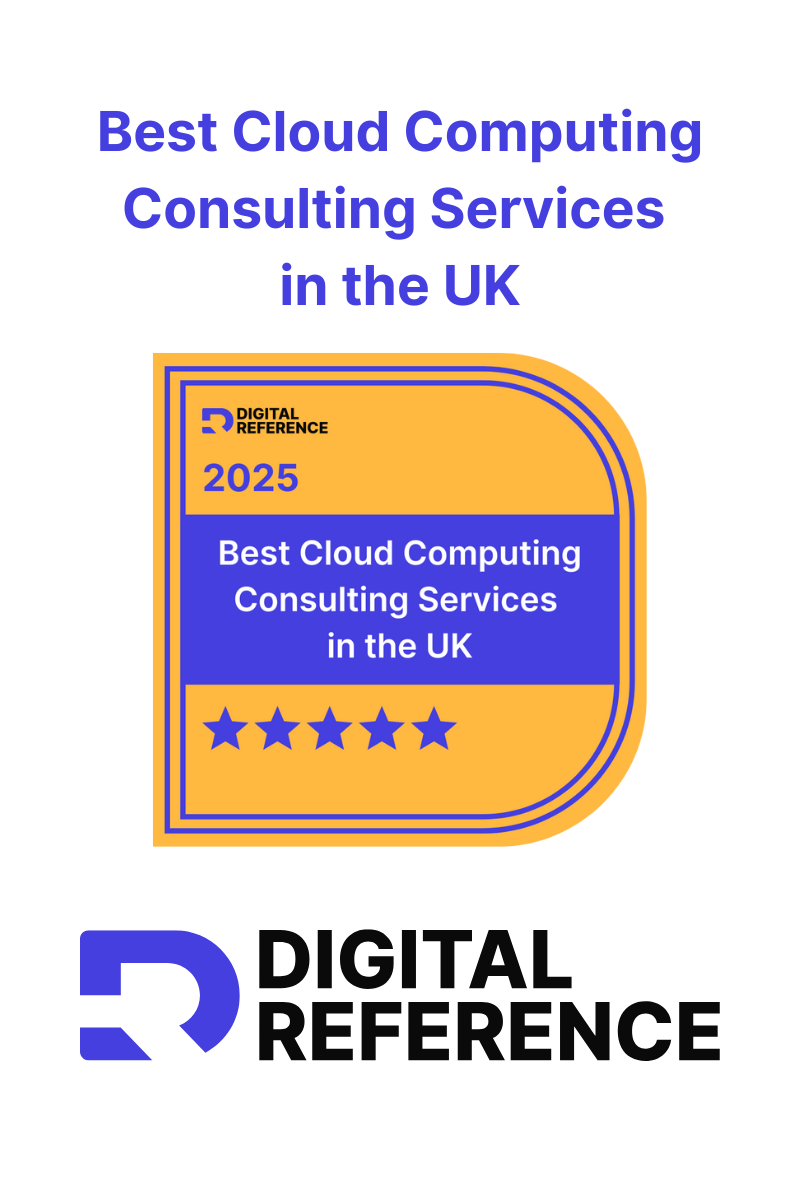
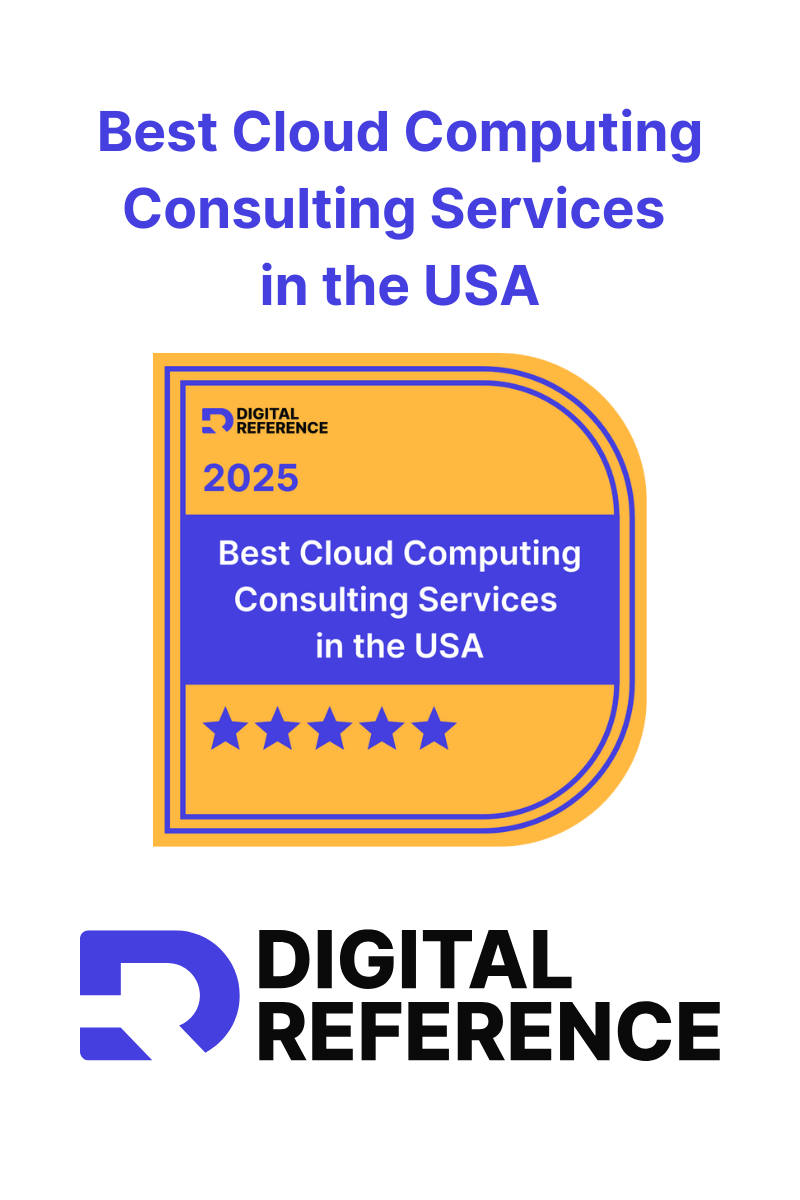
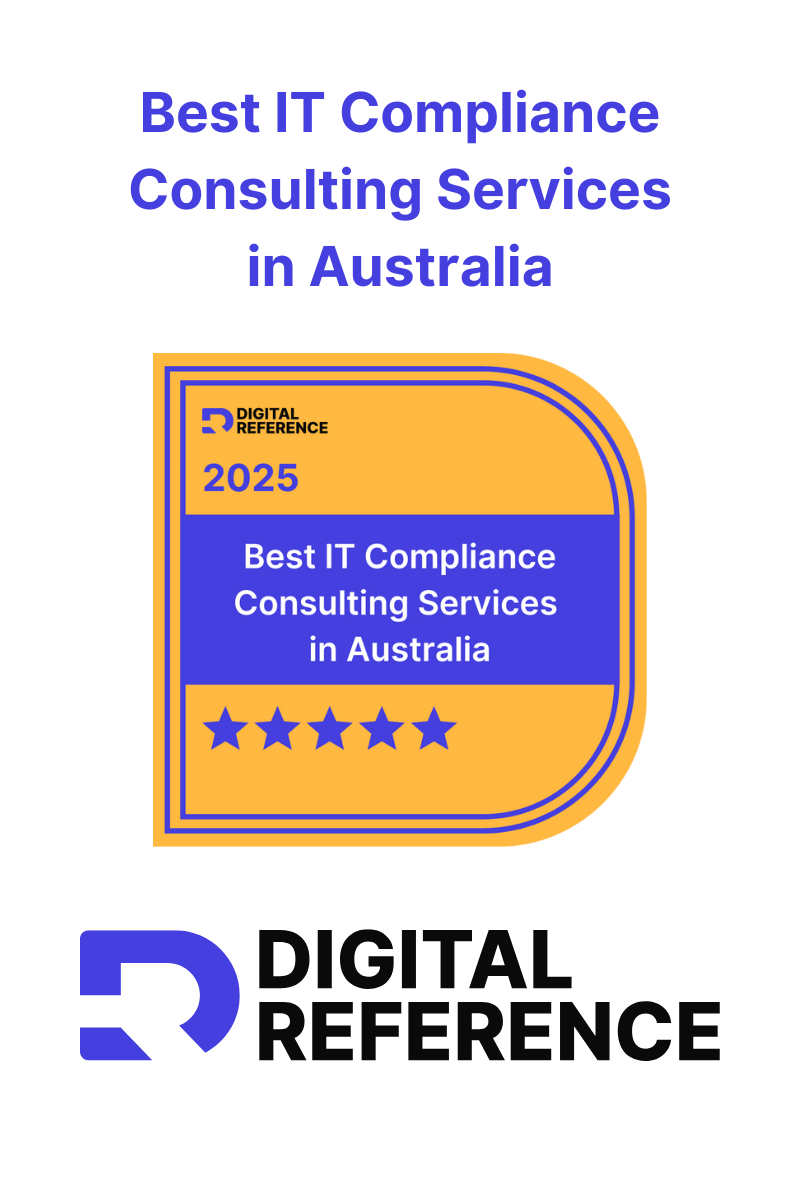
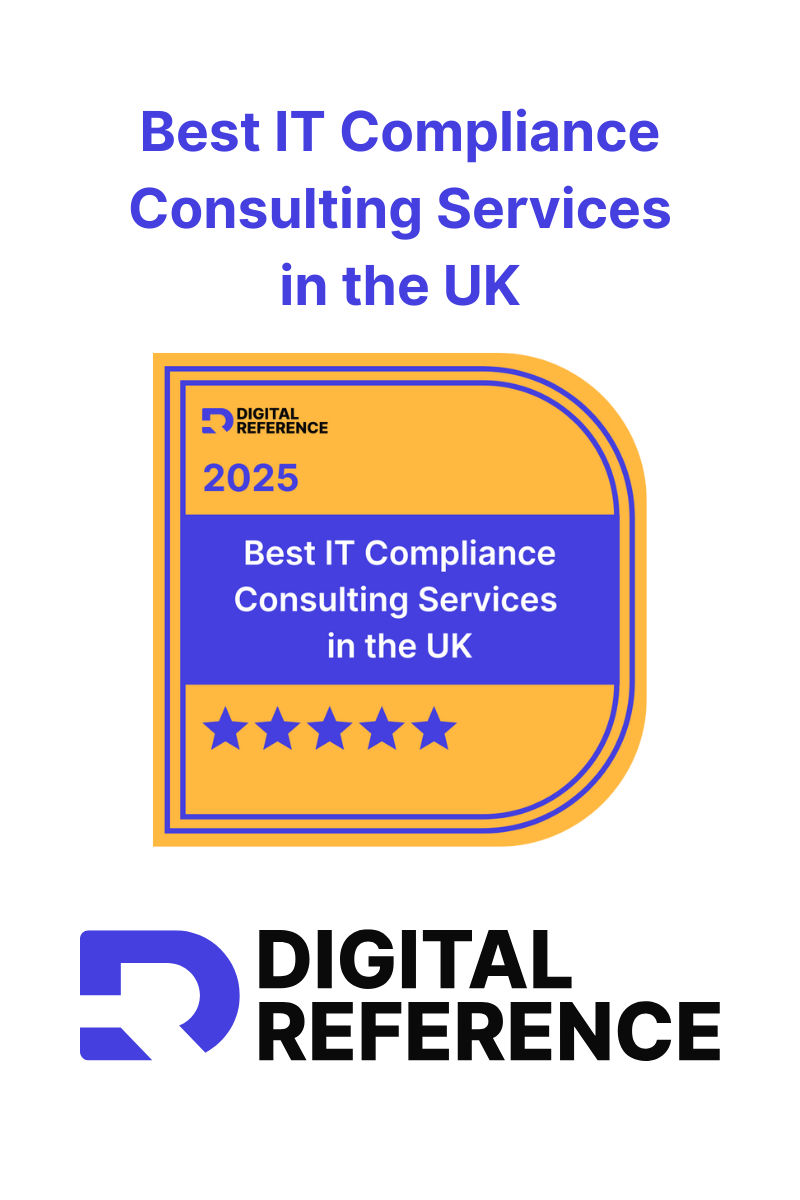
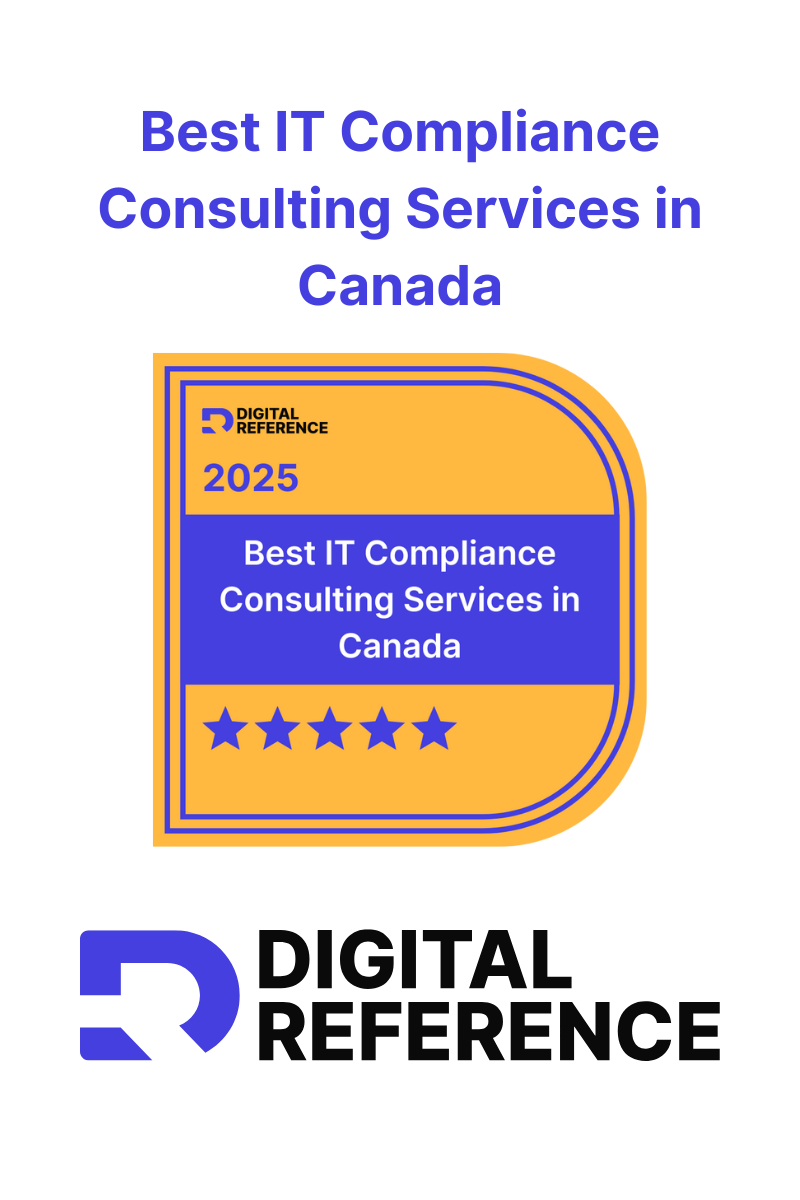
.png)
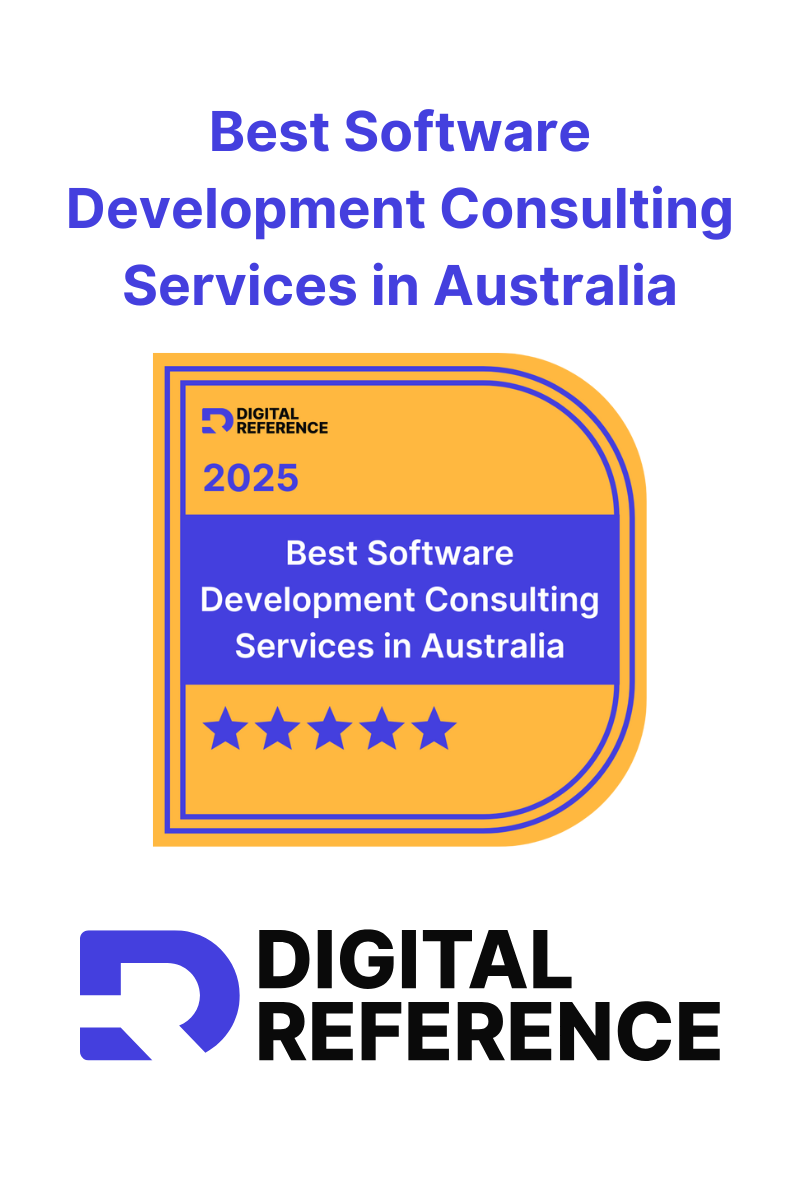
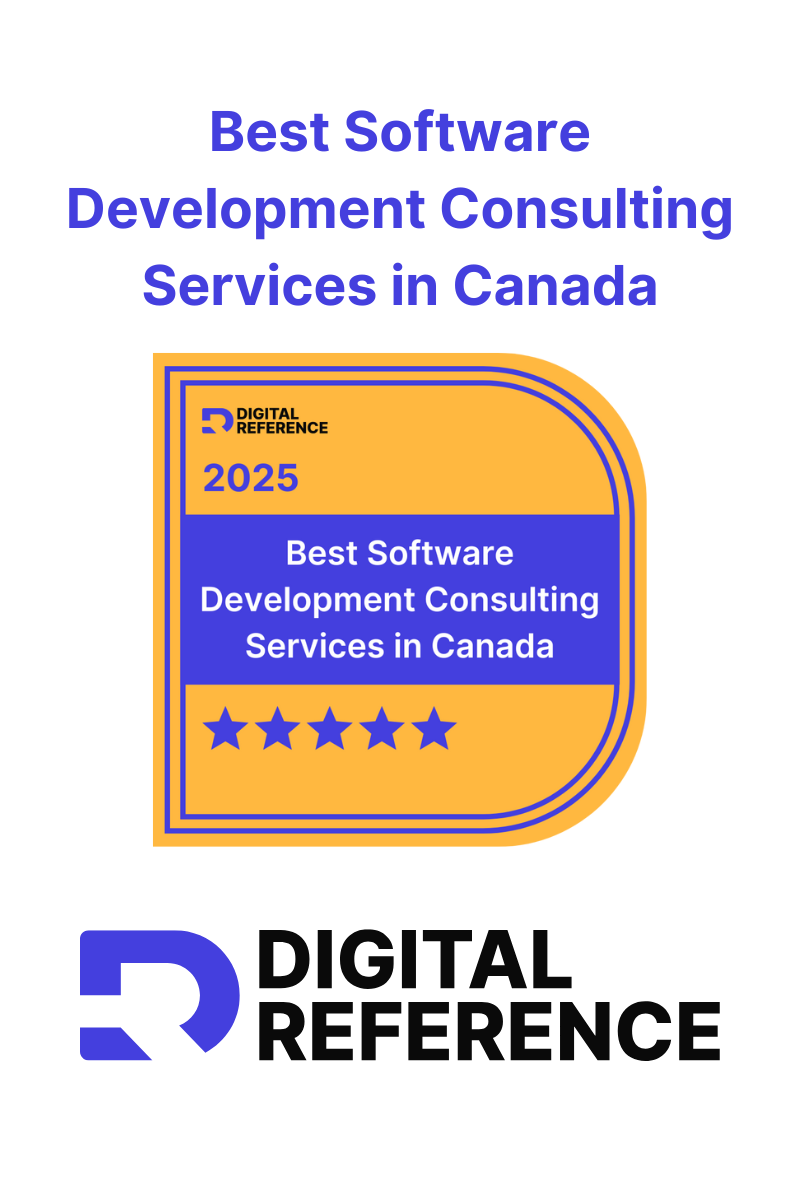
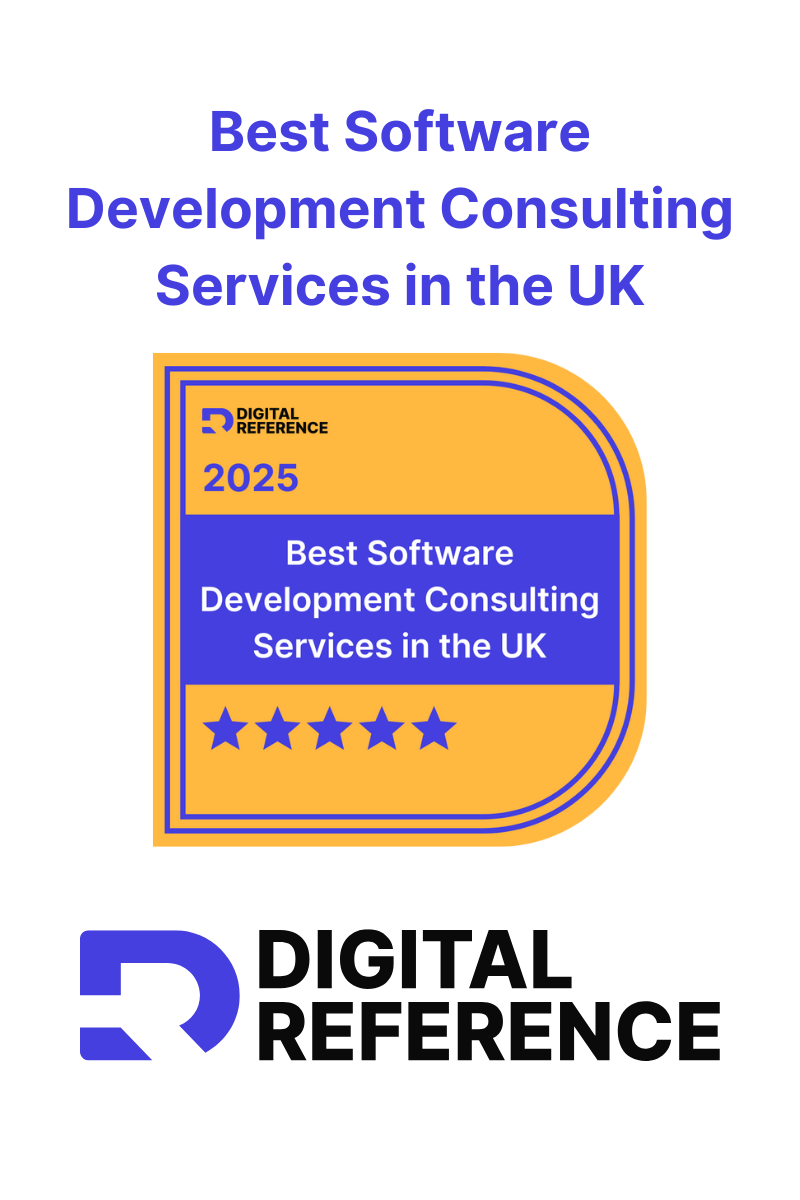
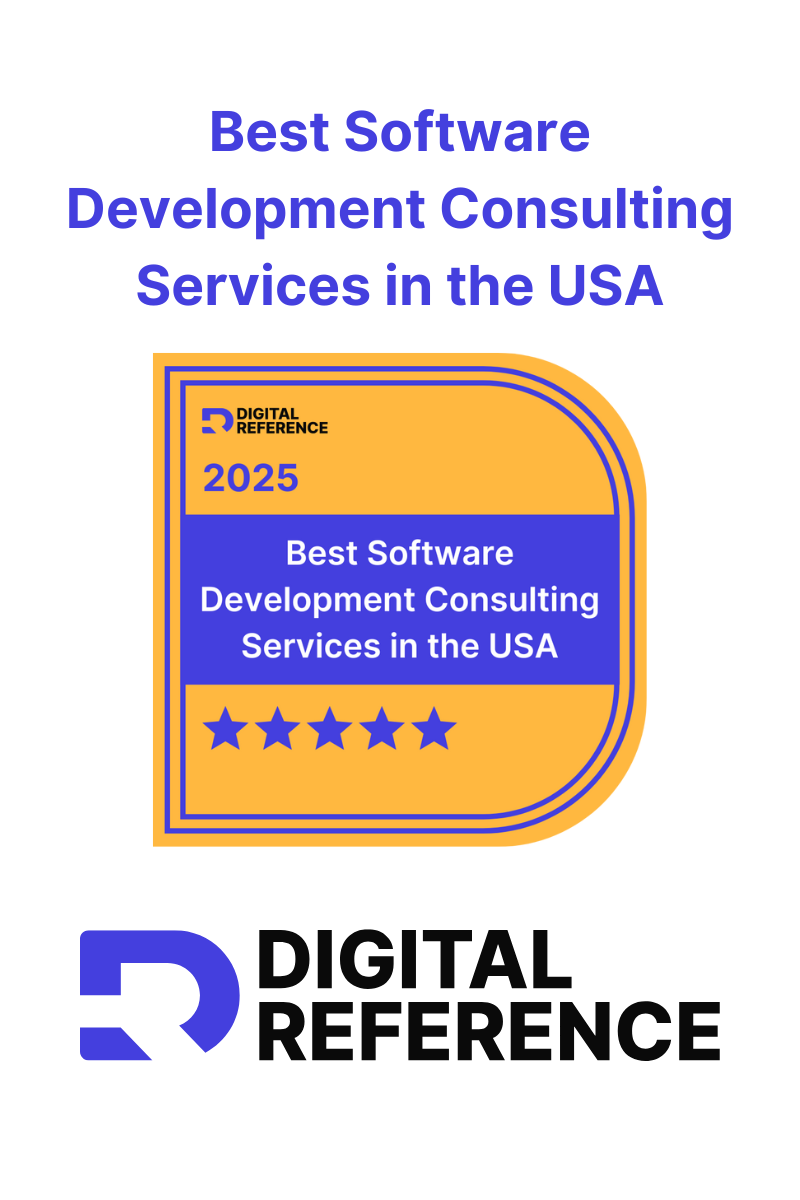
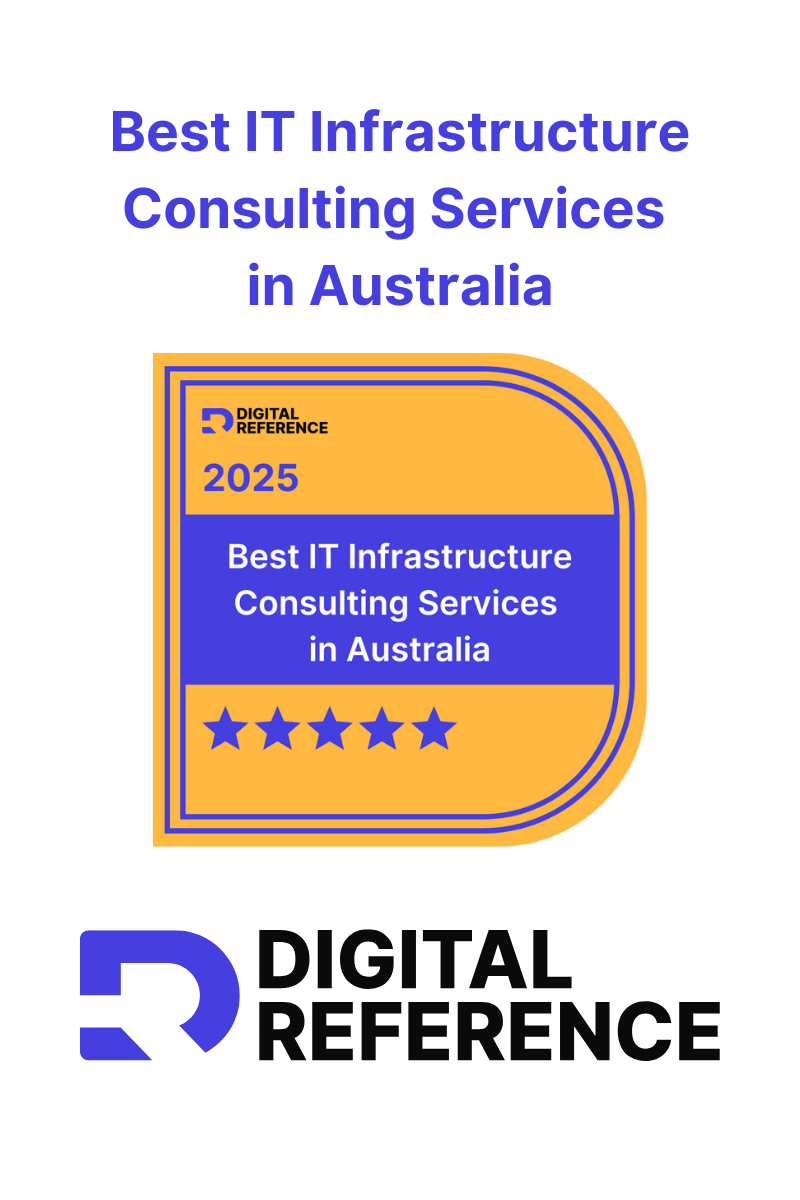
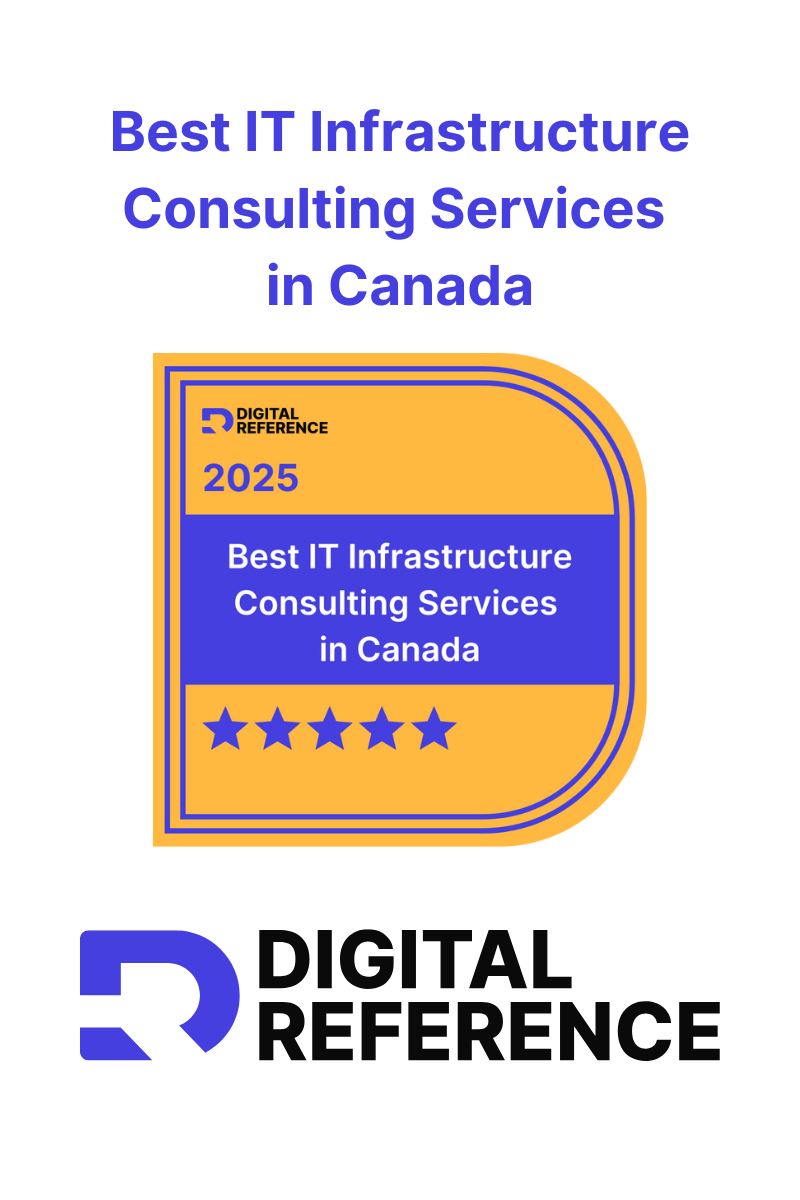
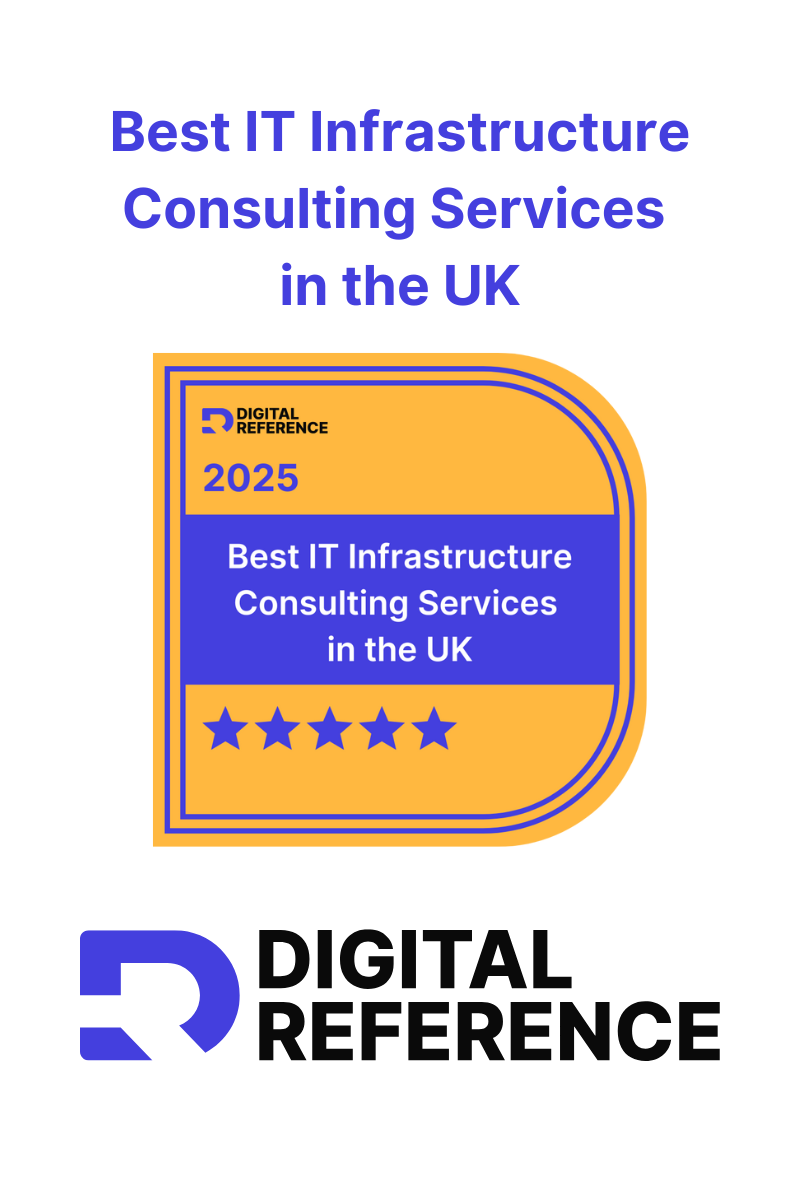
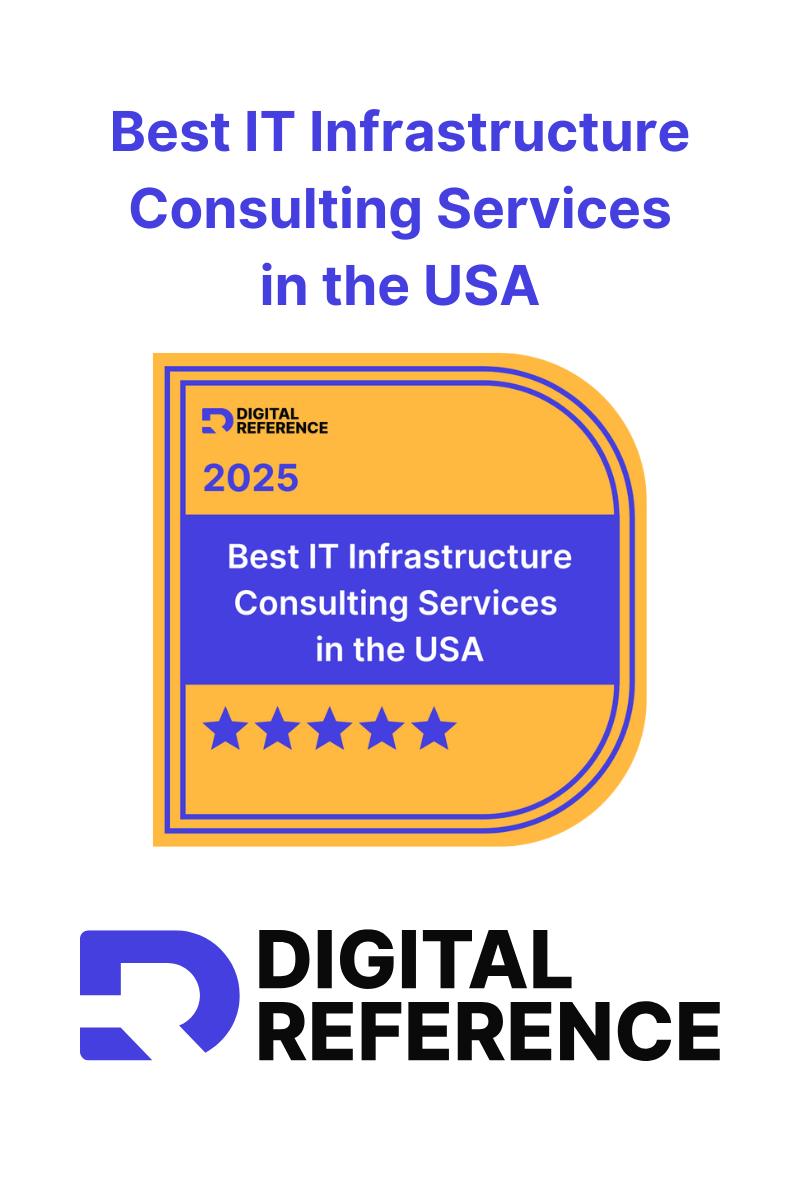

.png)


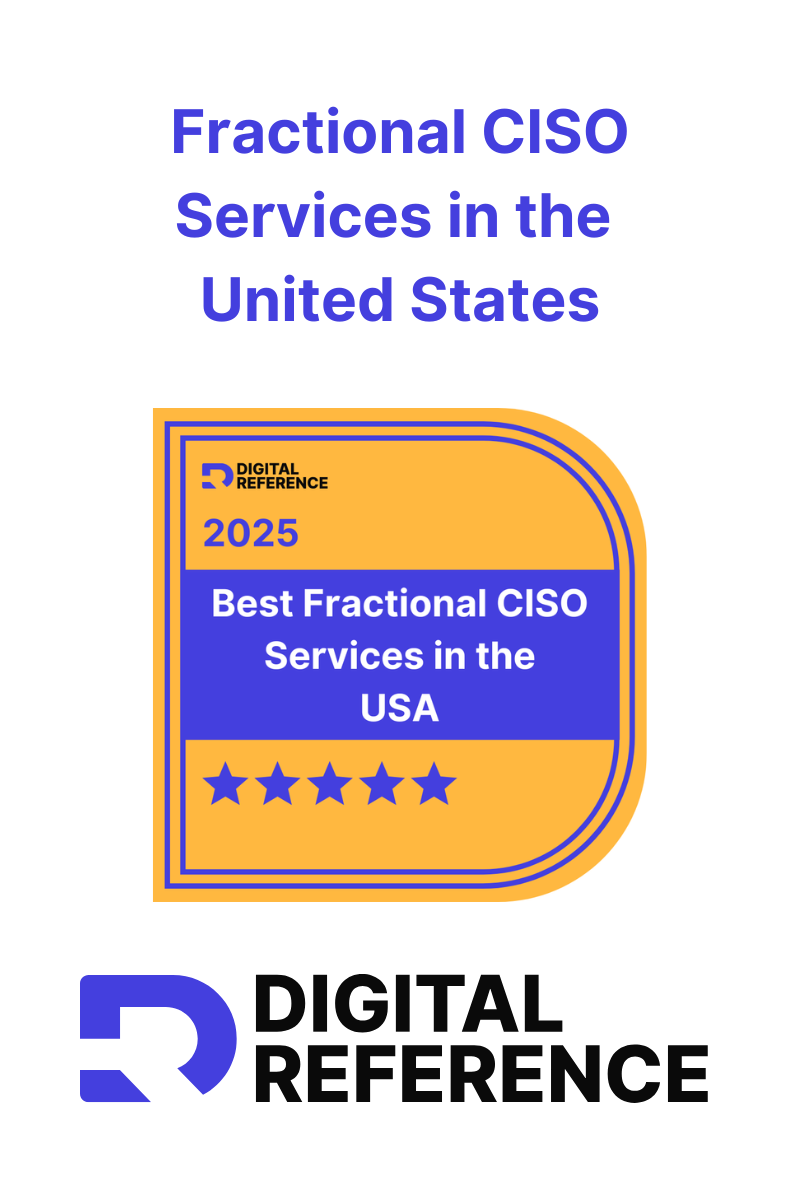


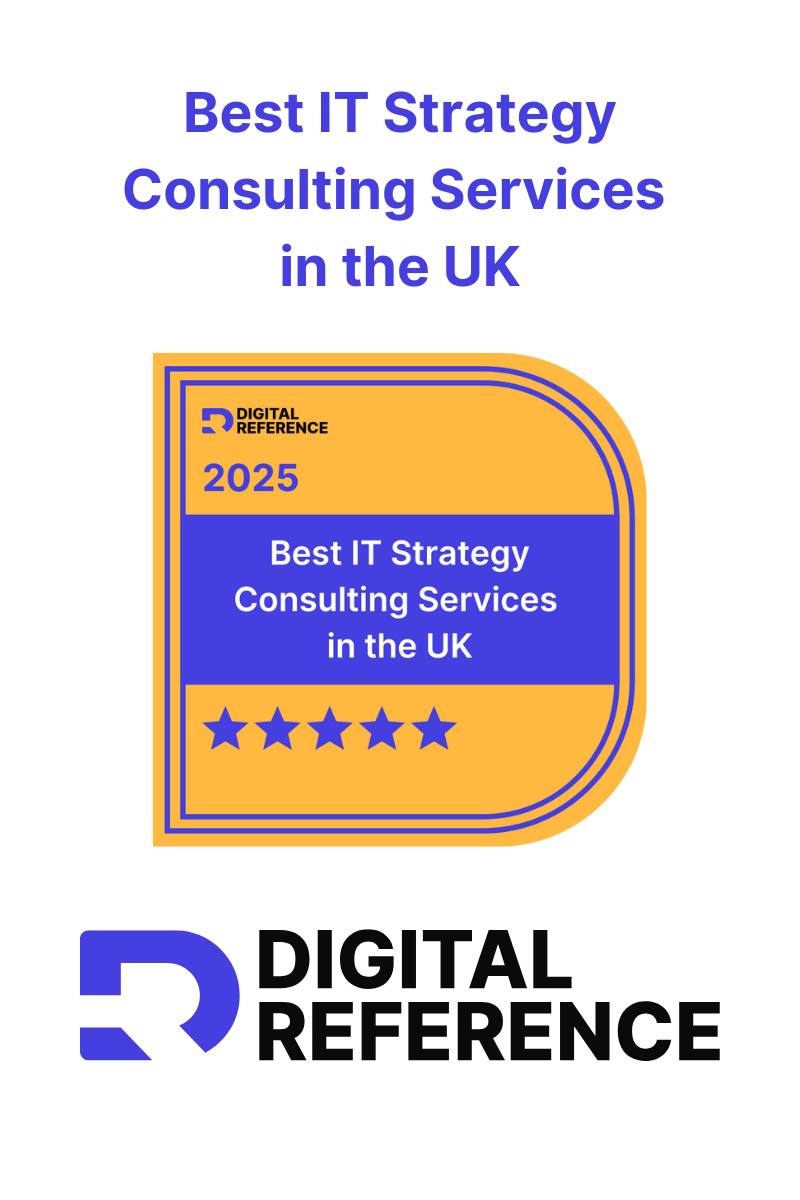
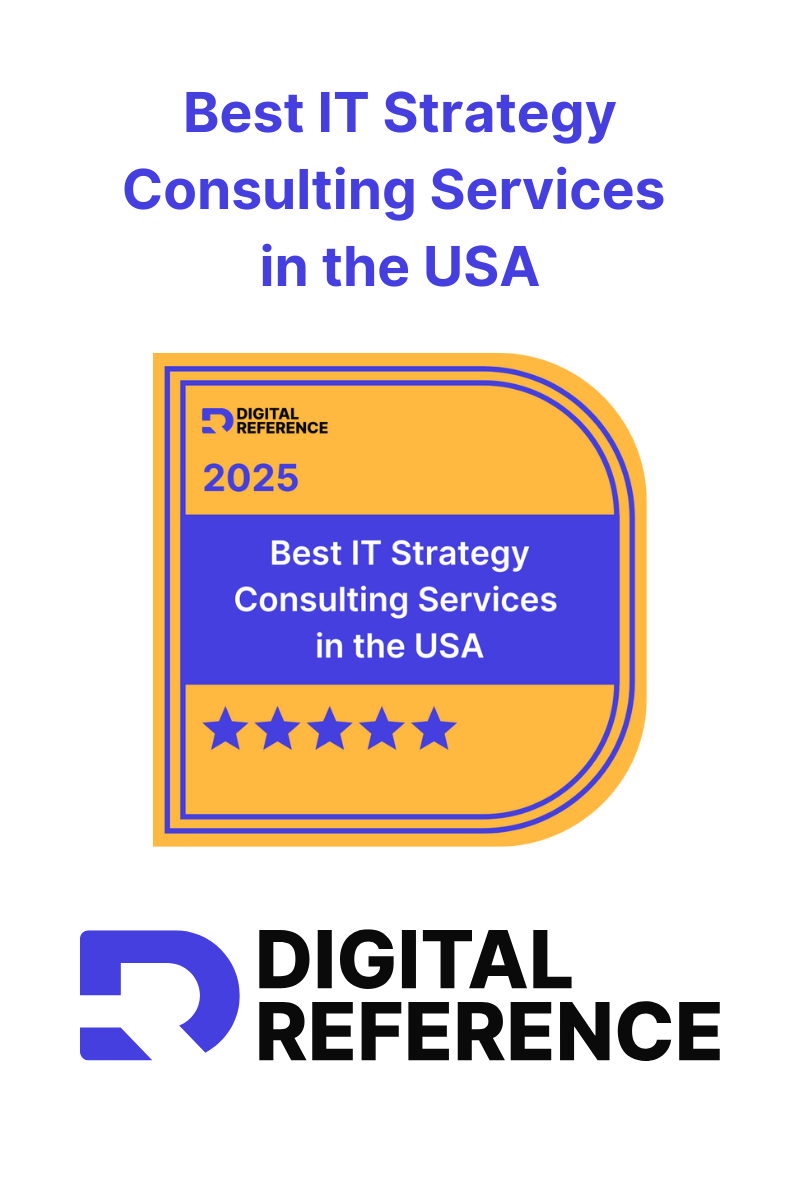
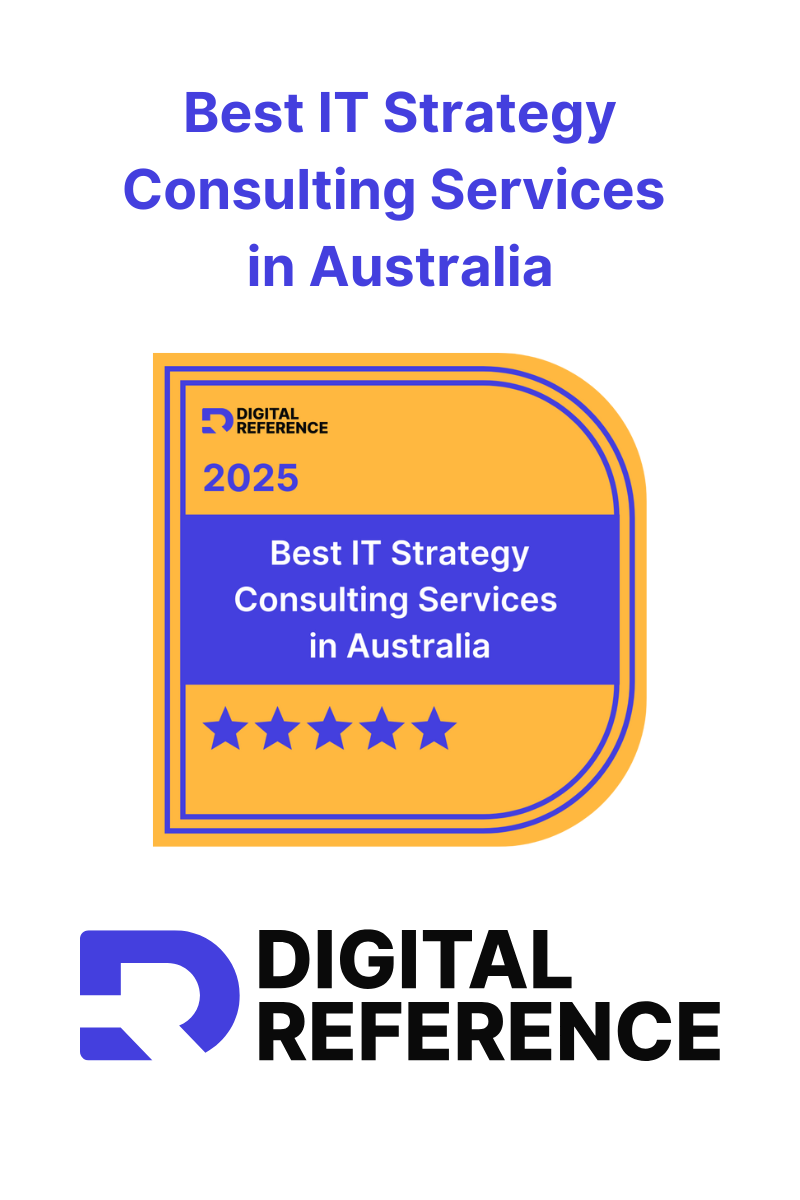
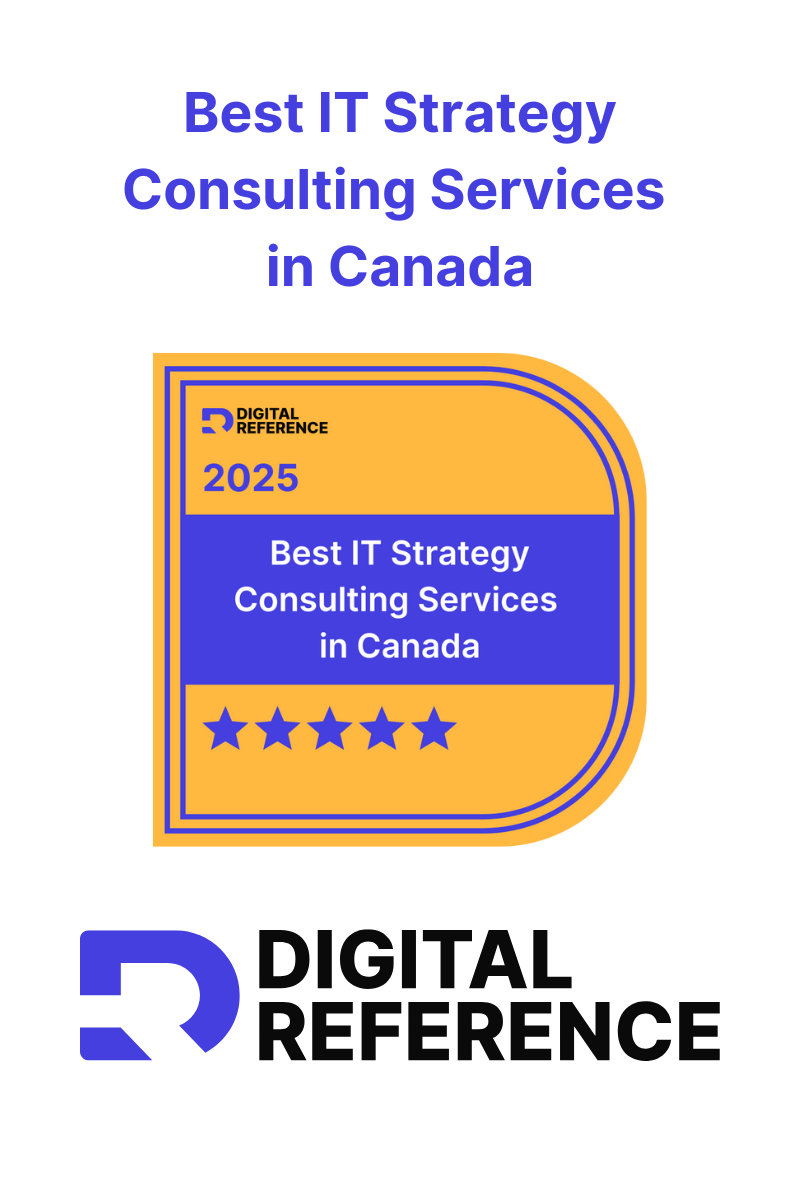
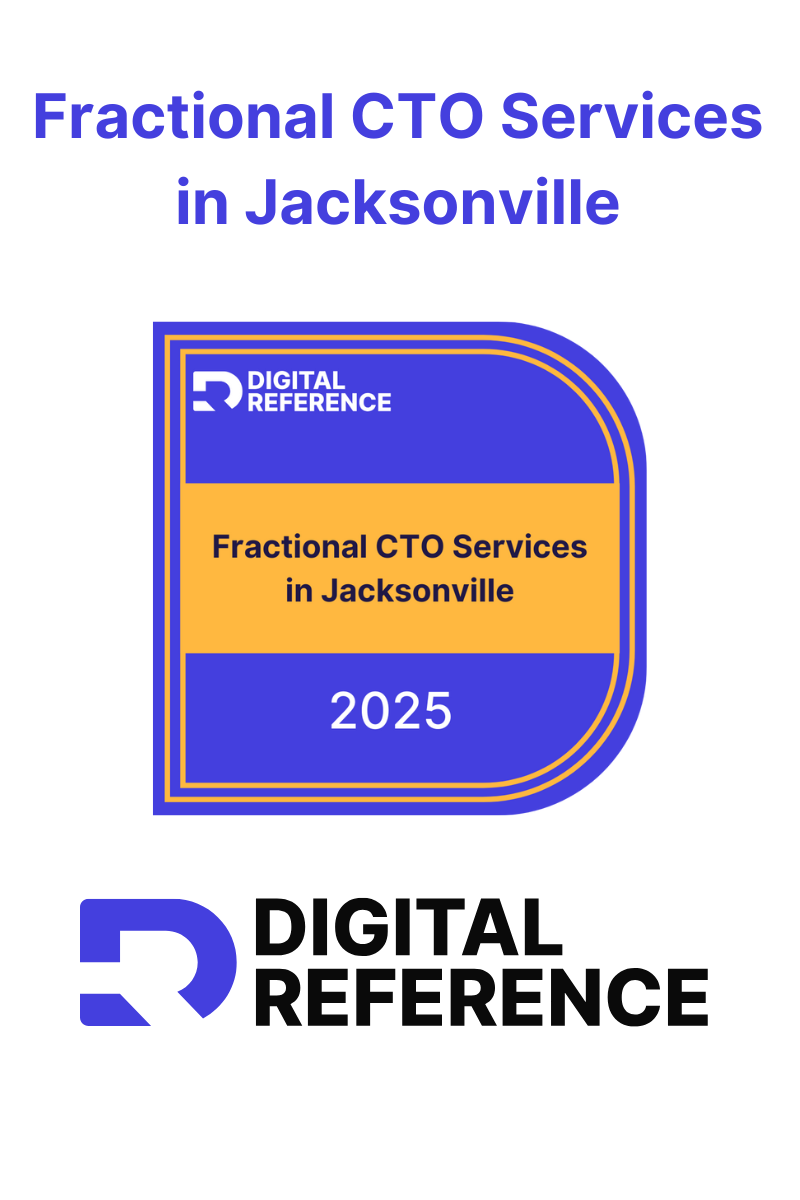


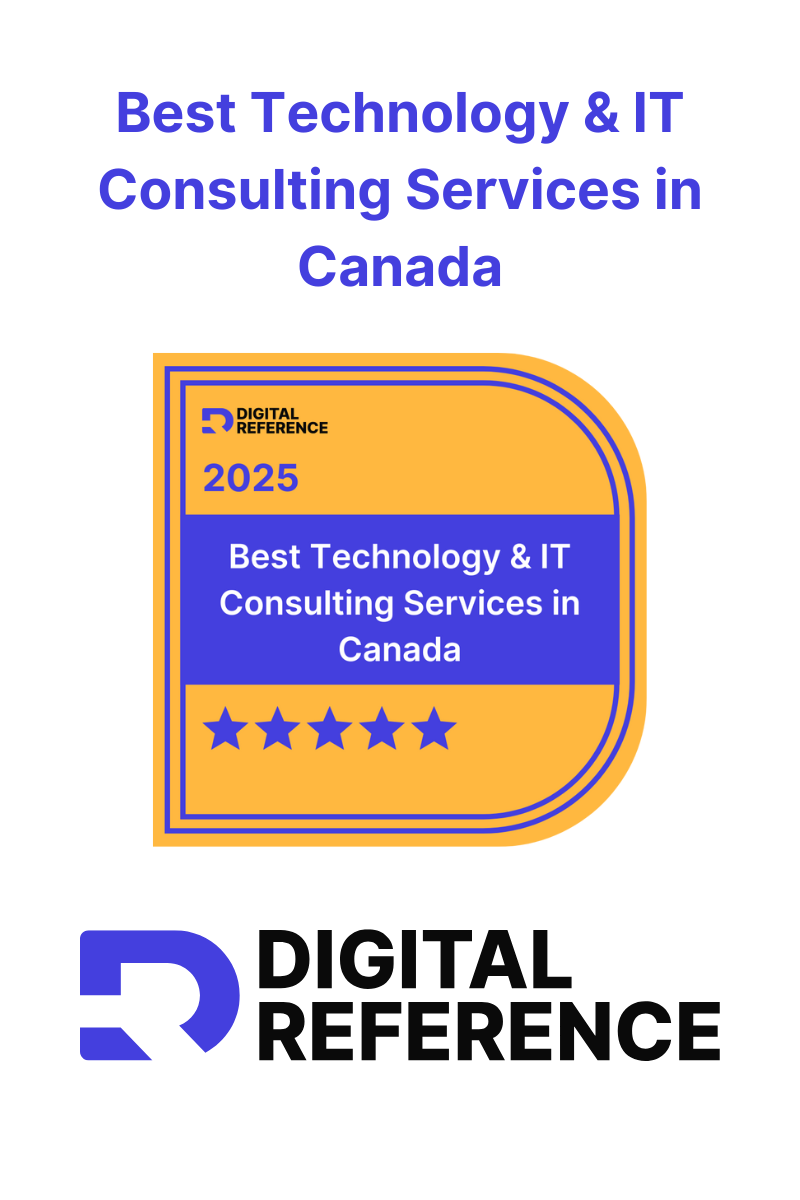

.png)

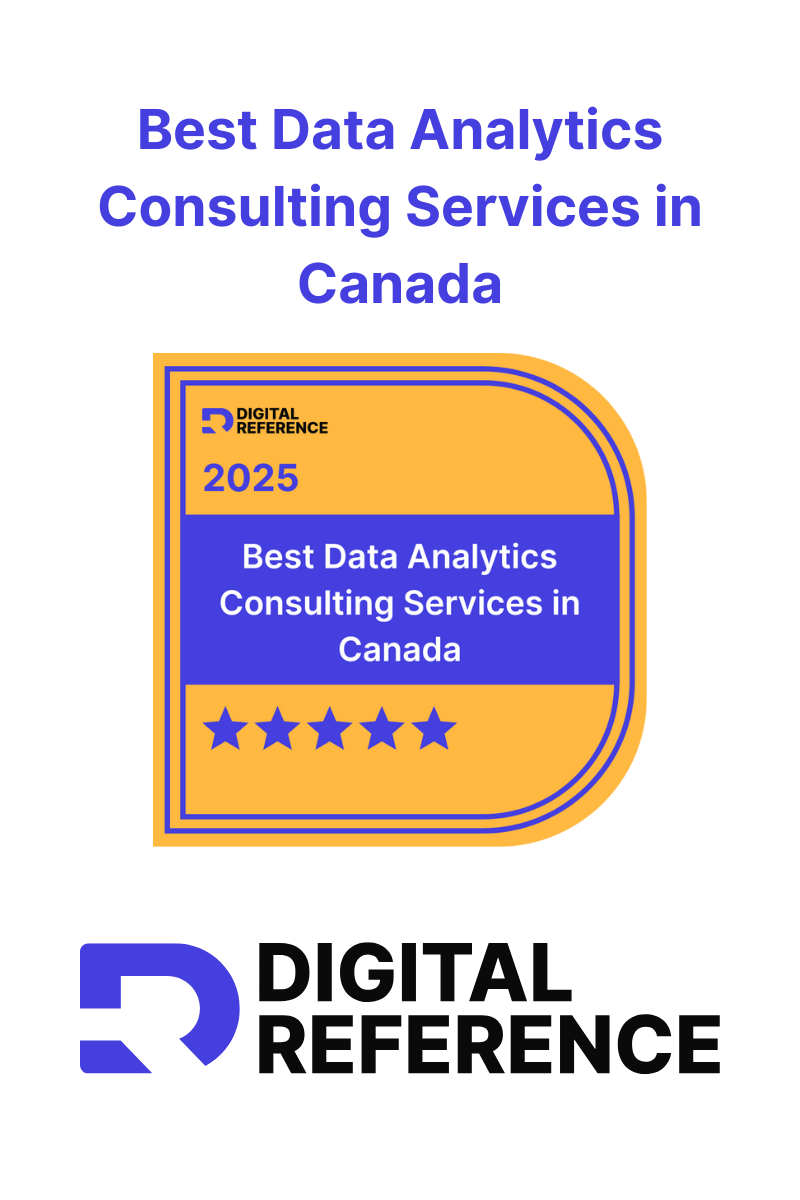

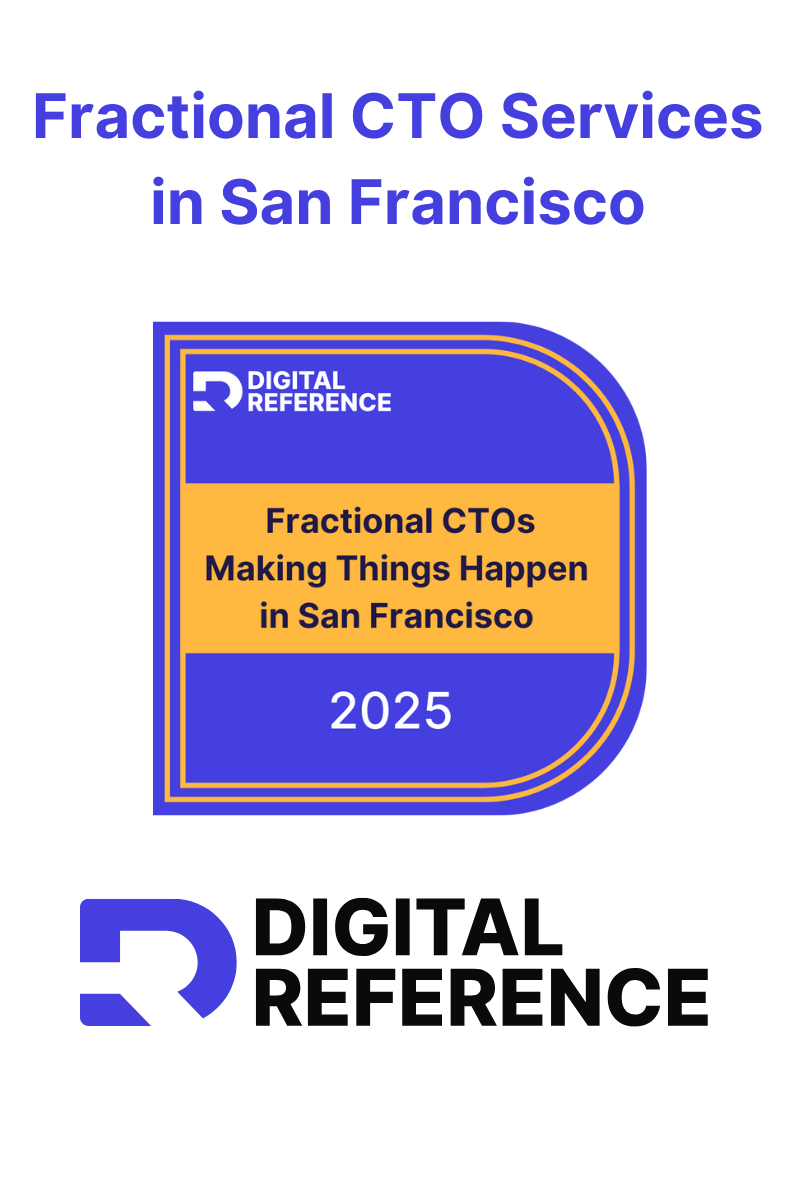


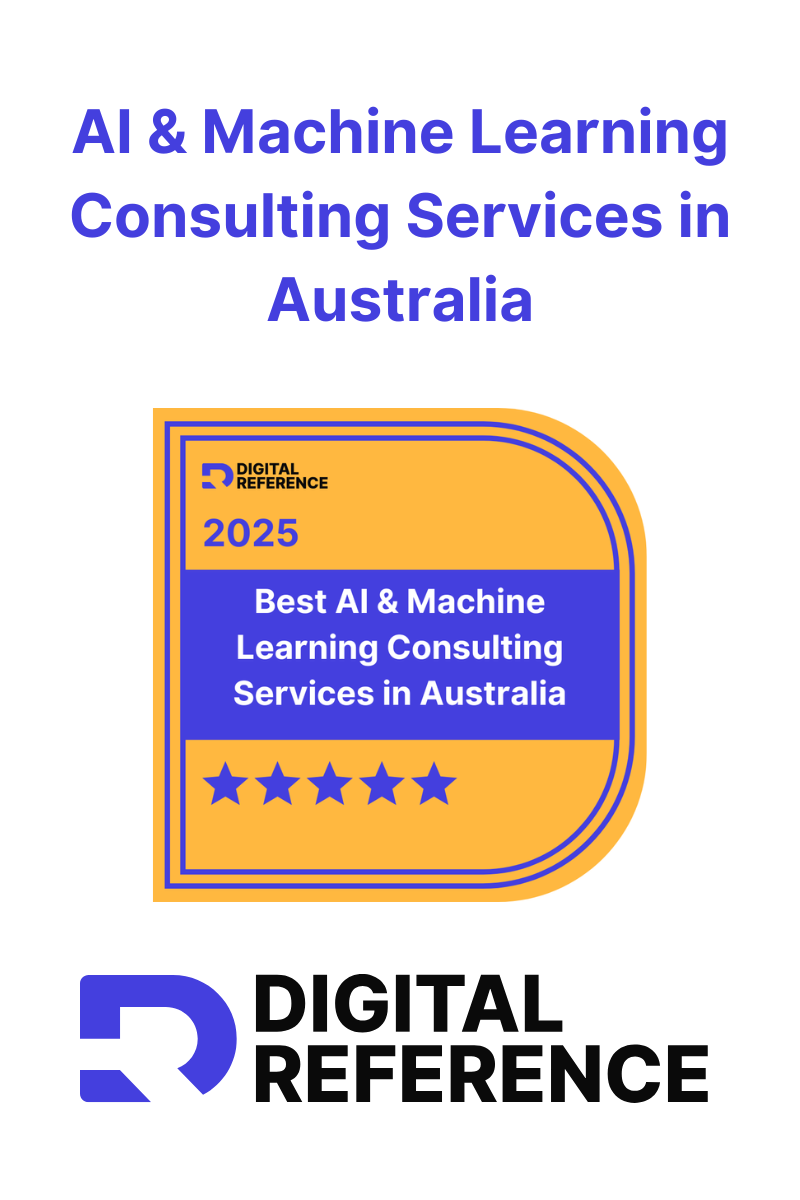



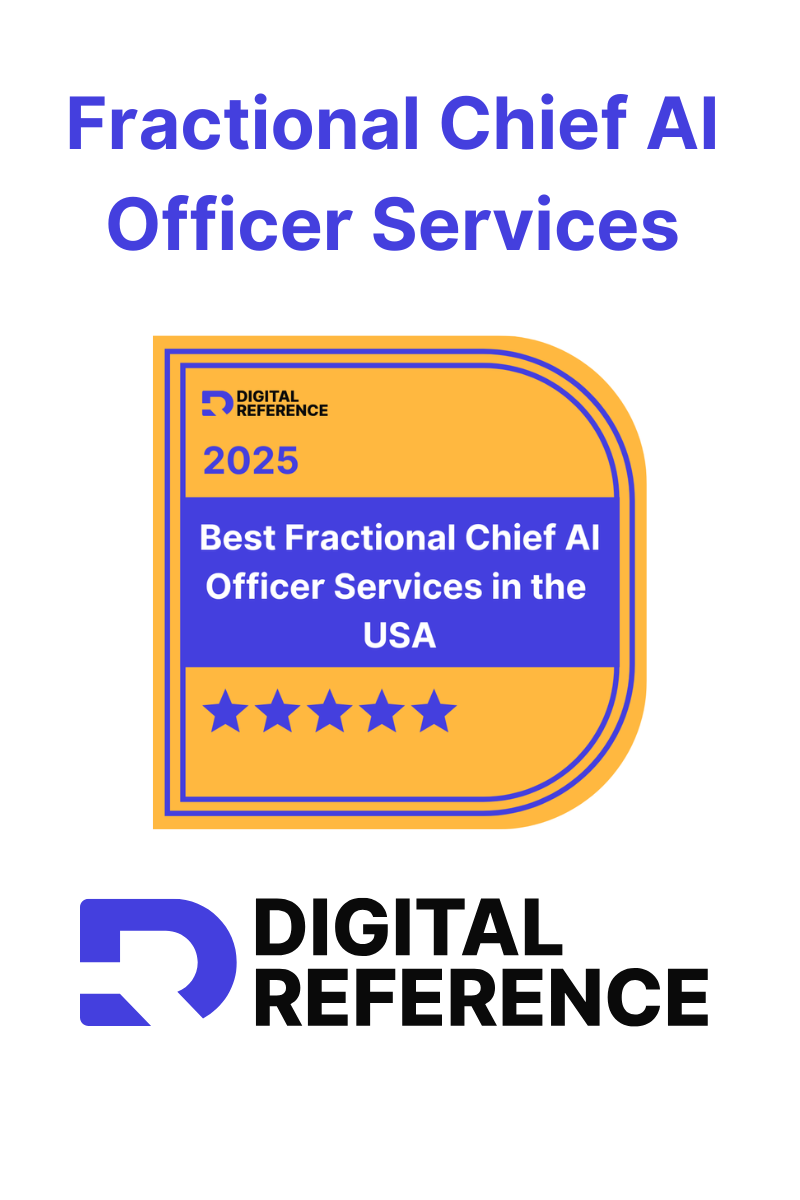


.png)






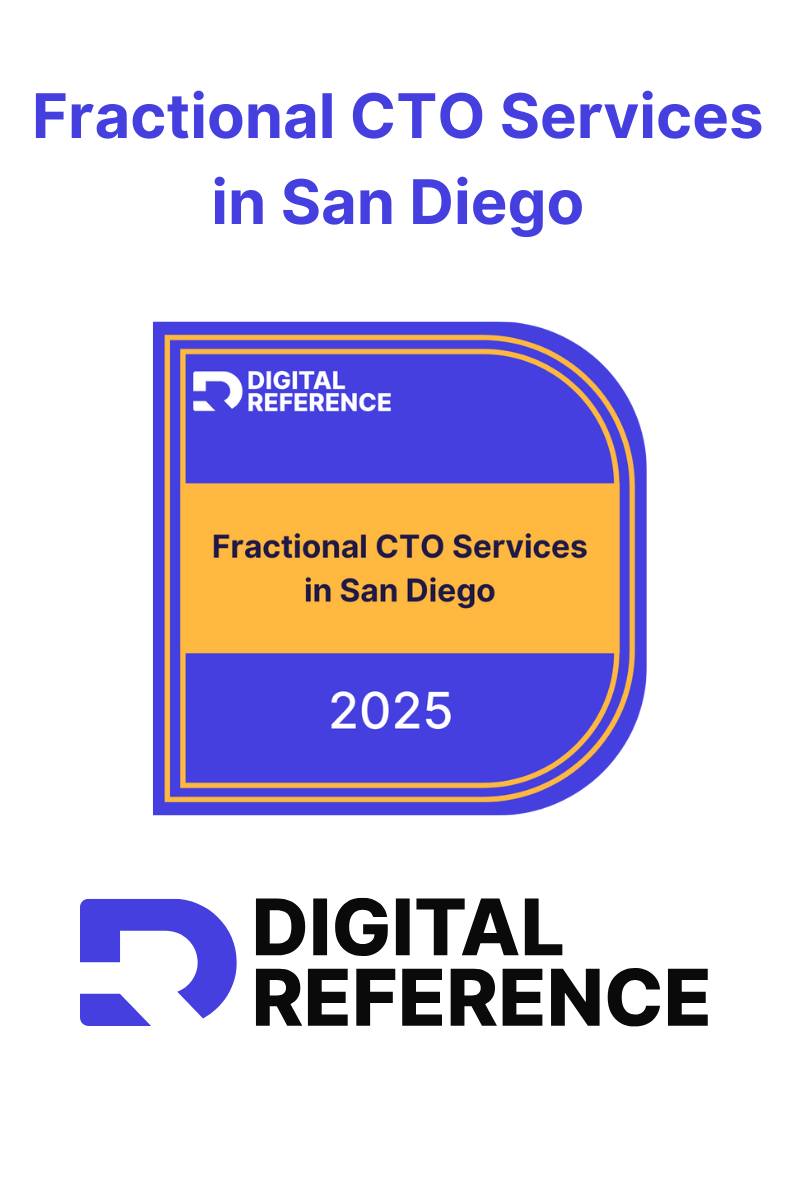






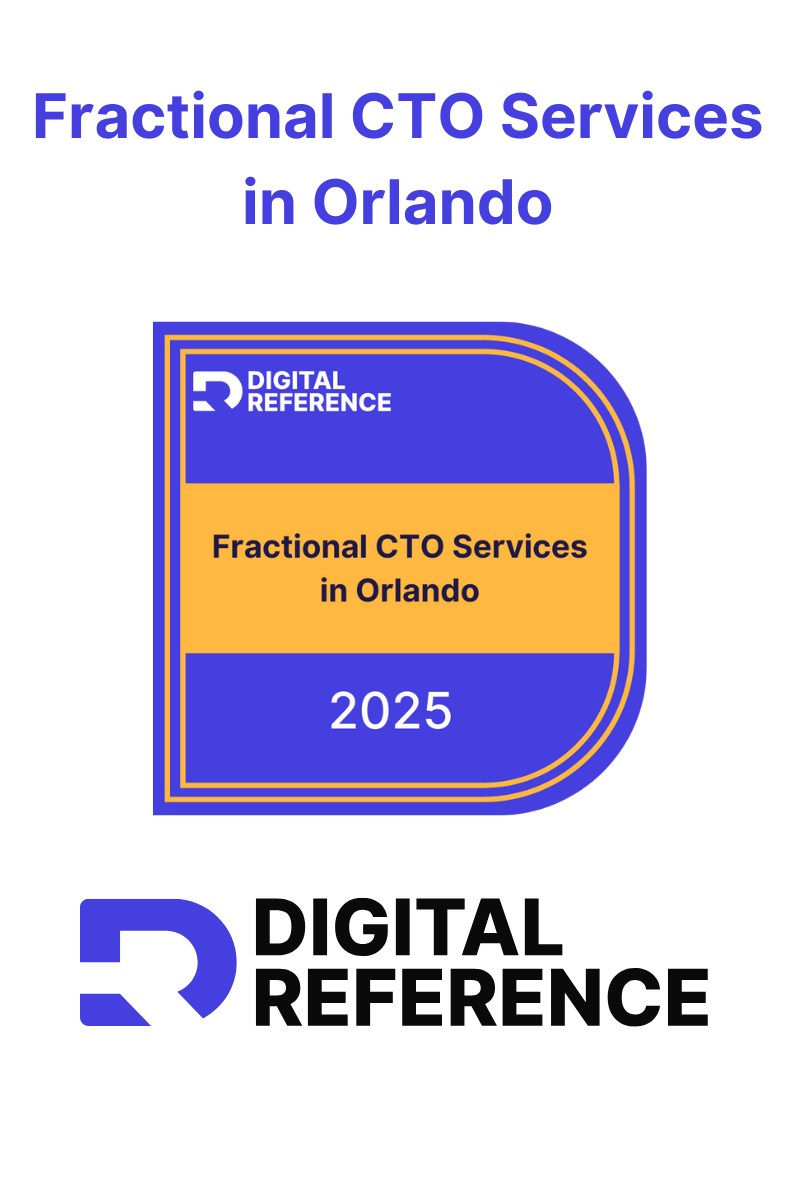
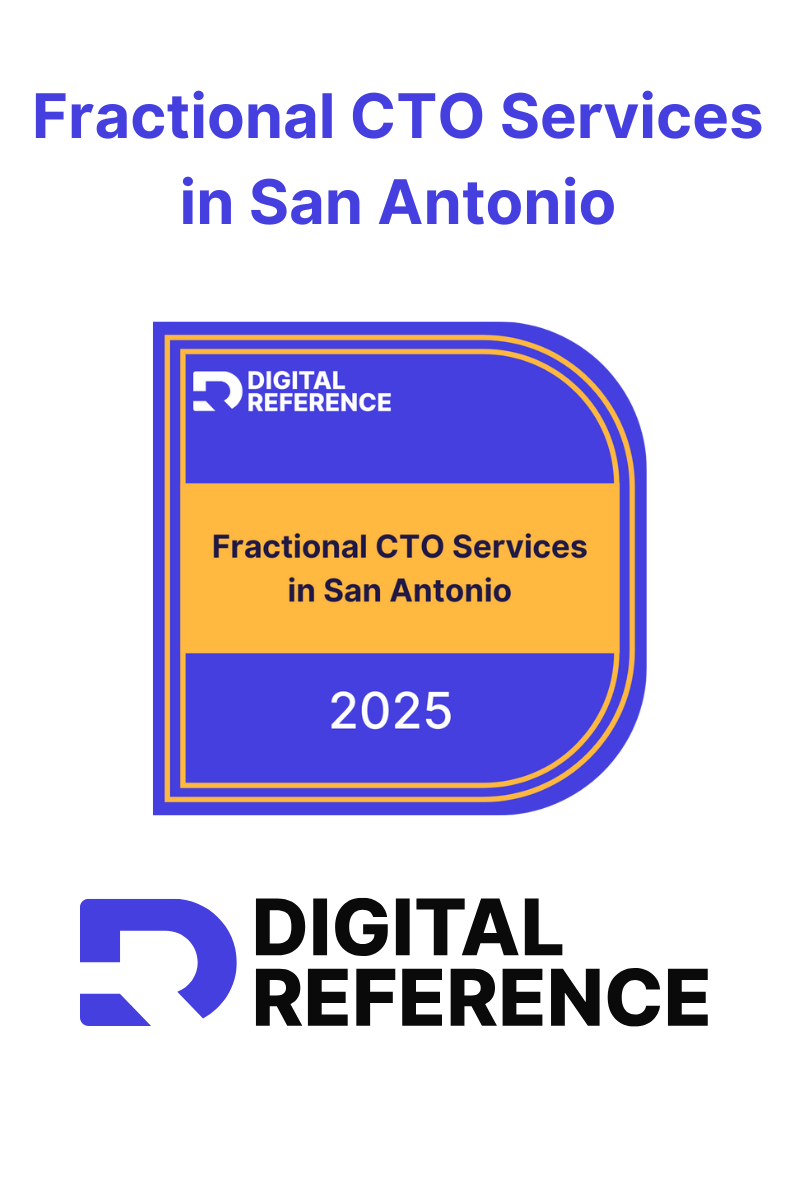
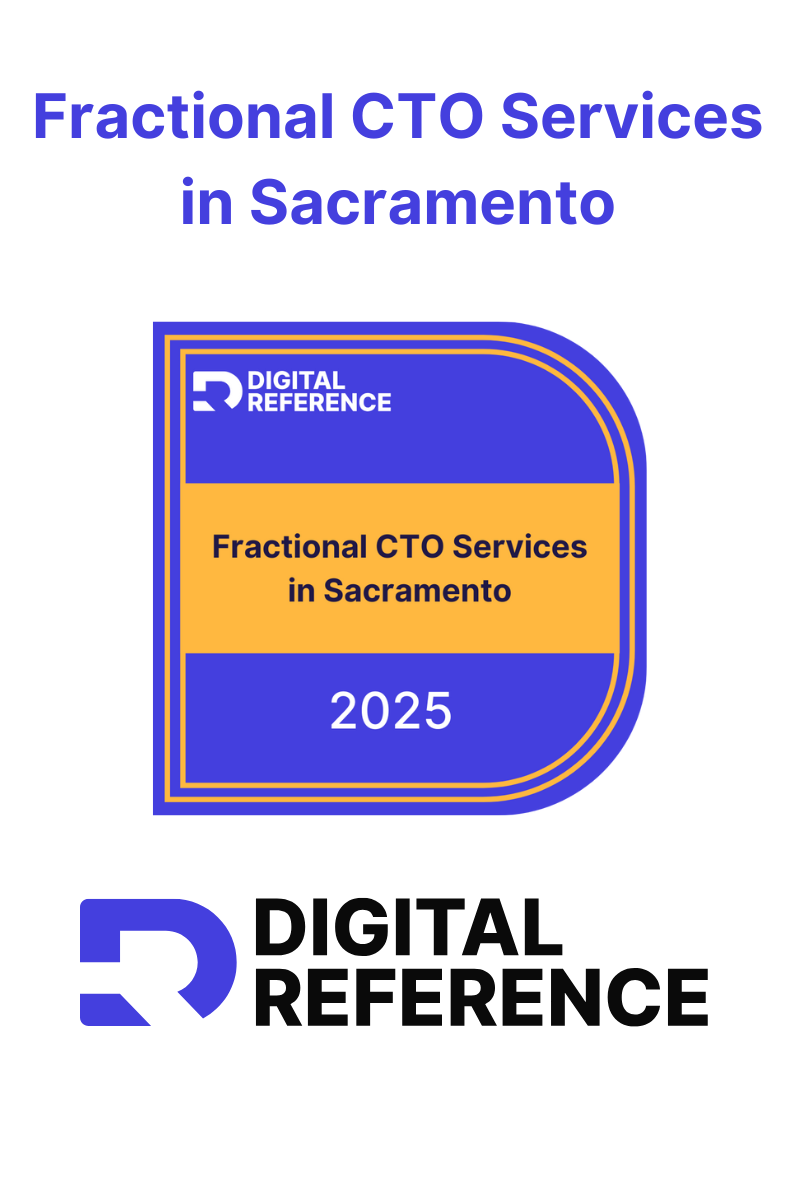



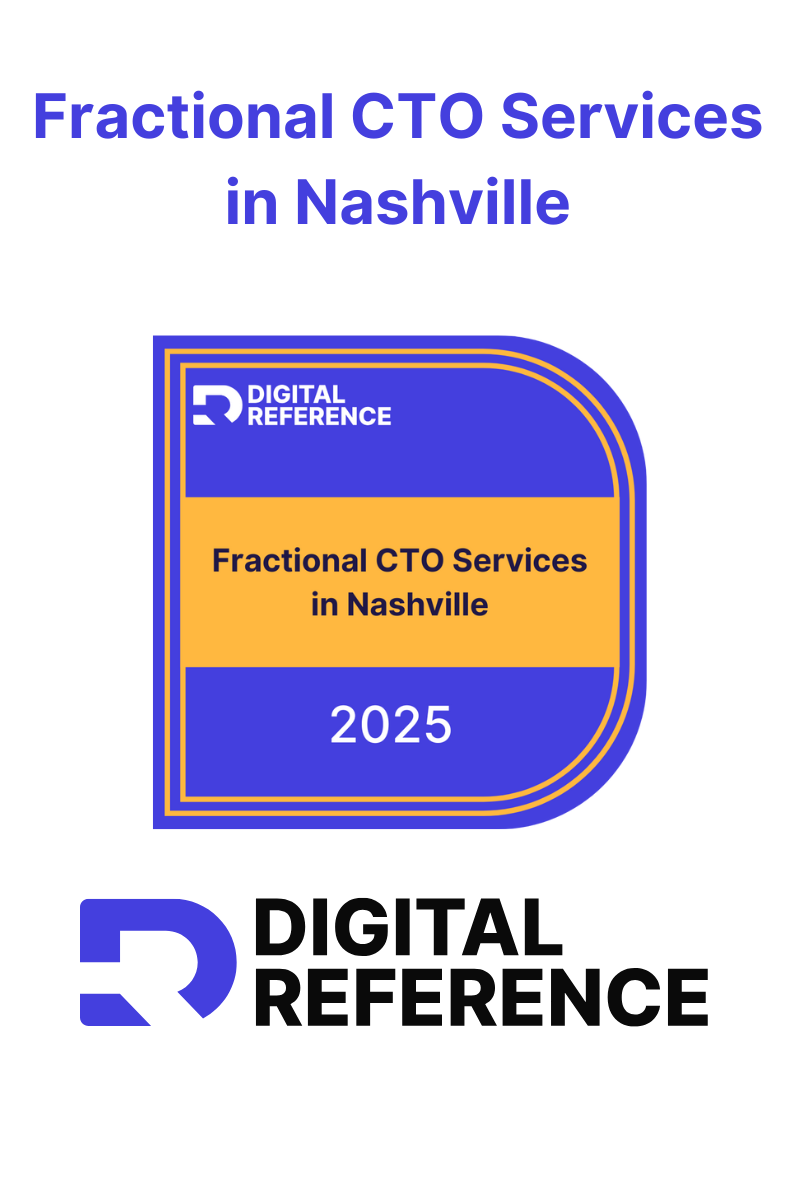




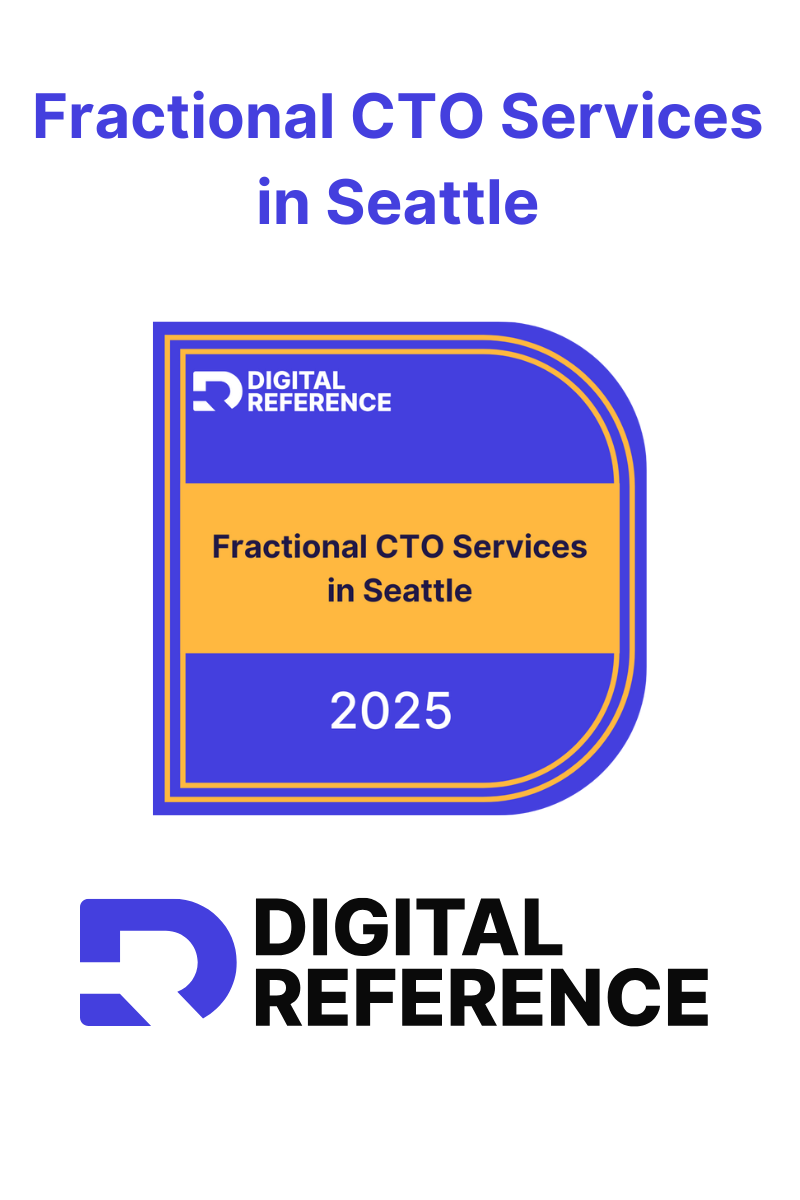


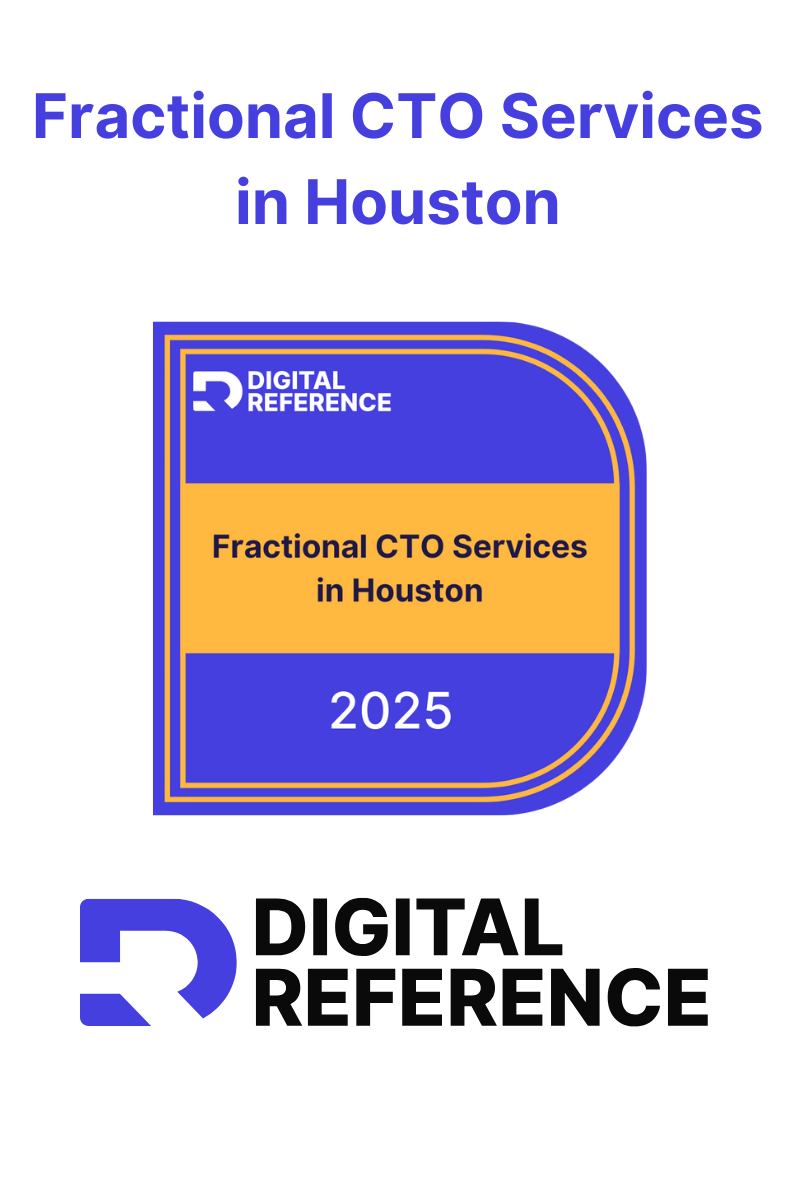
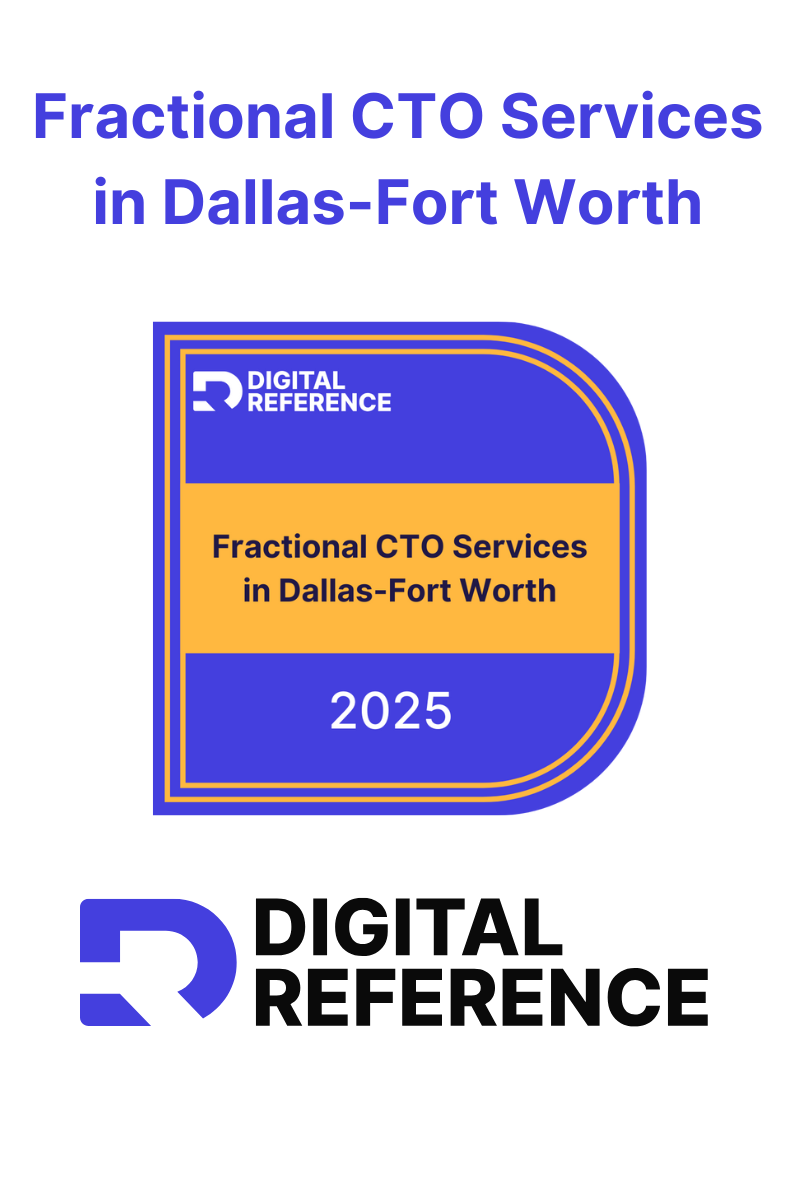
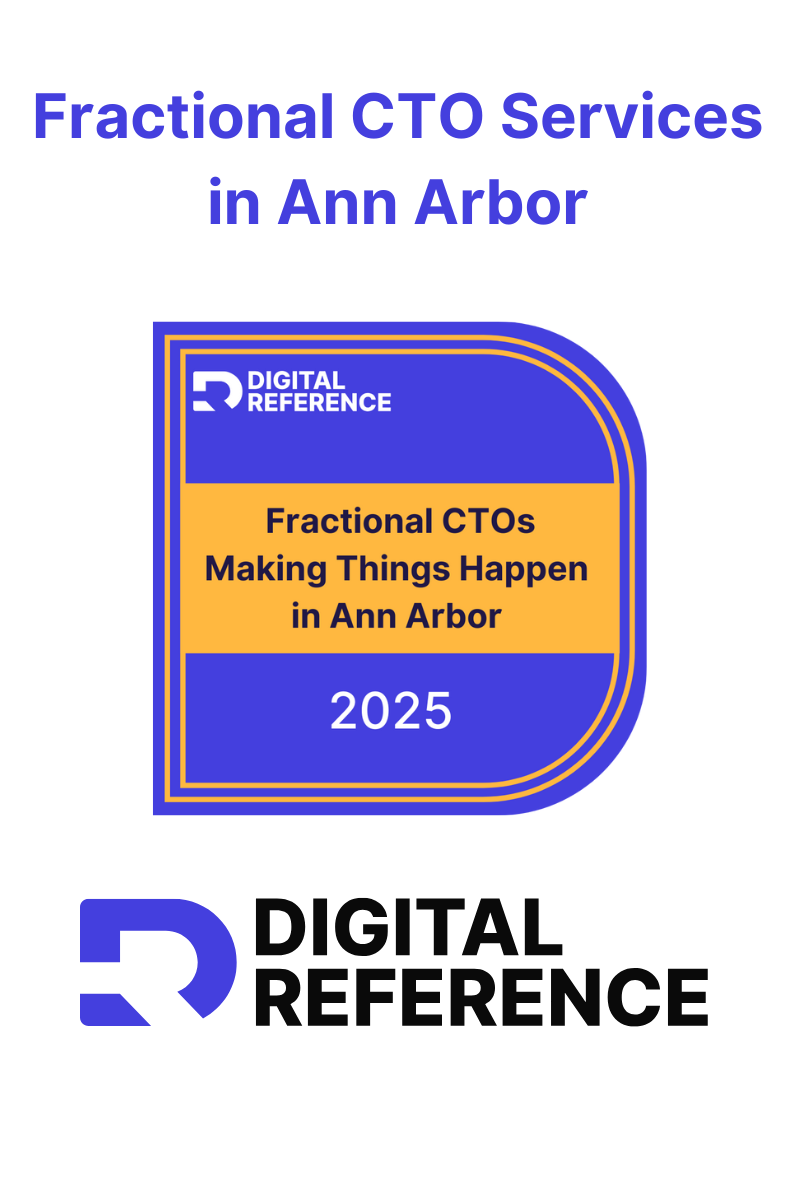

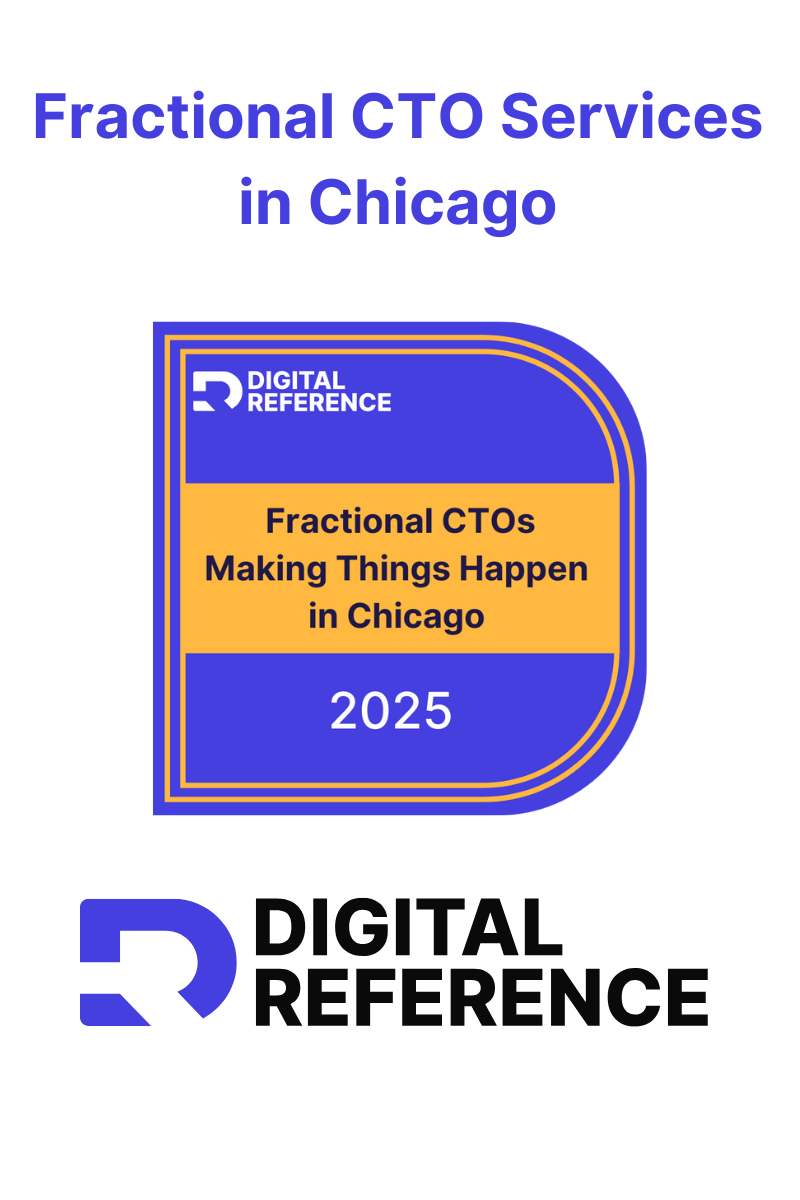

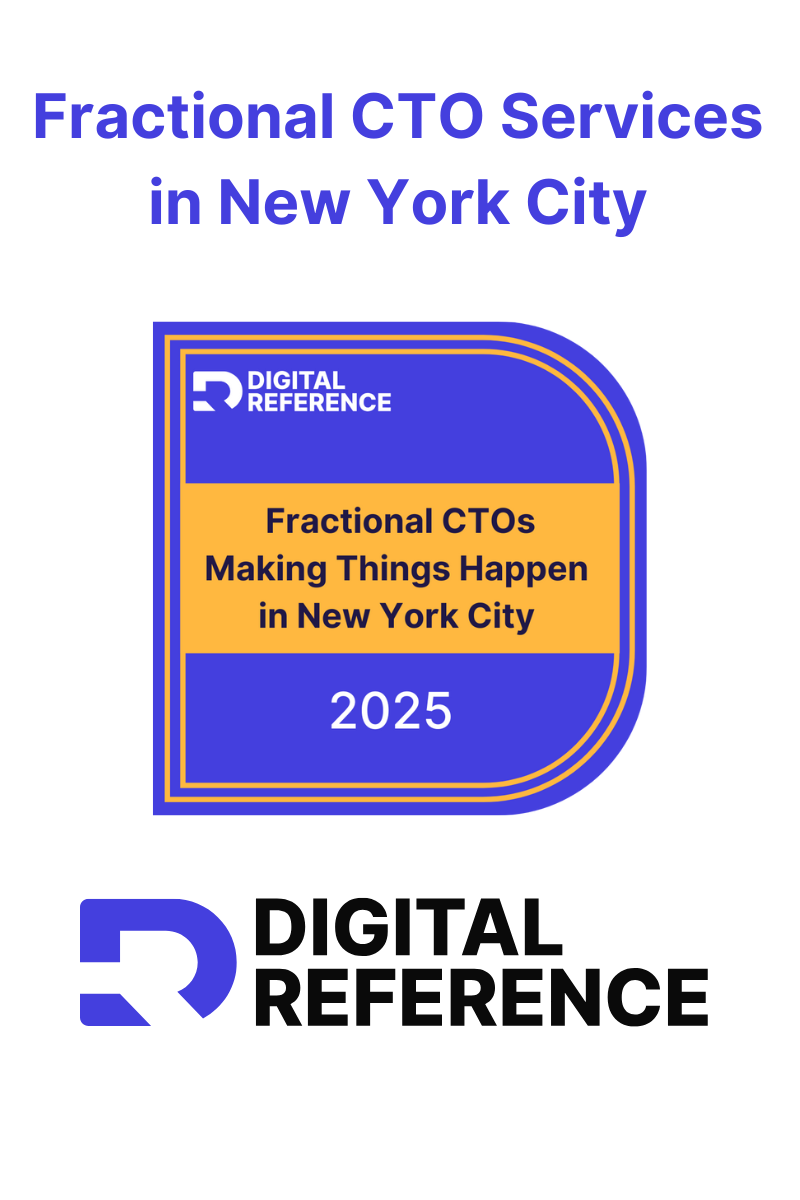
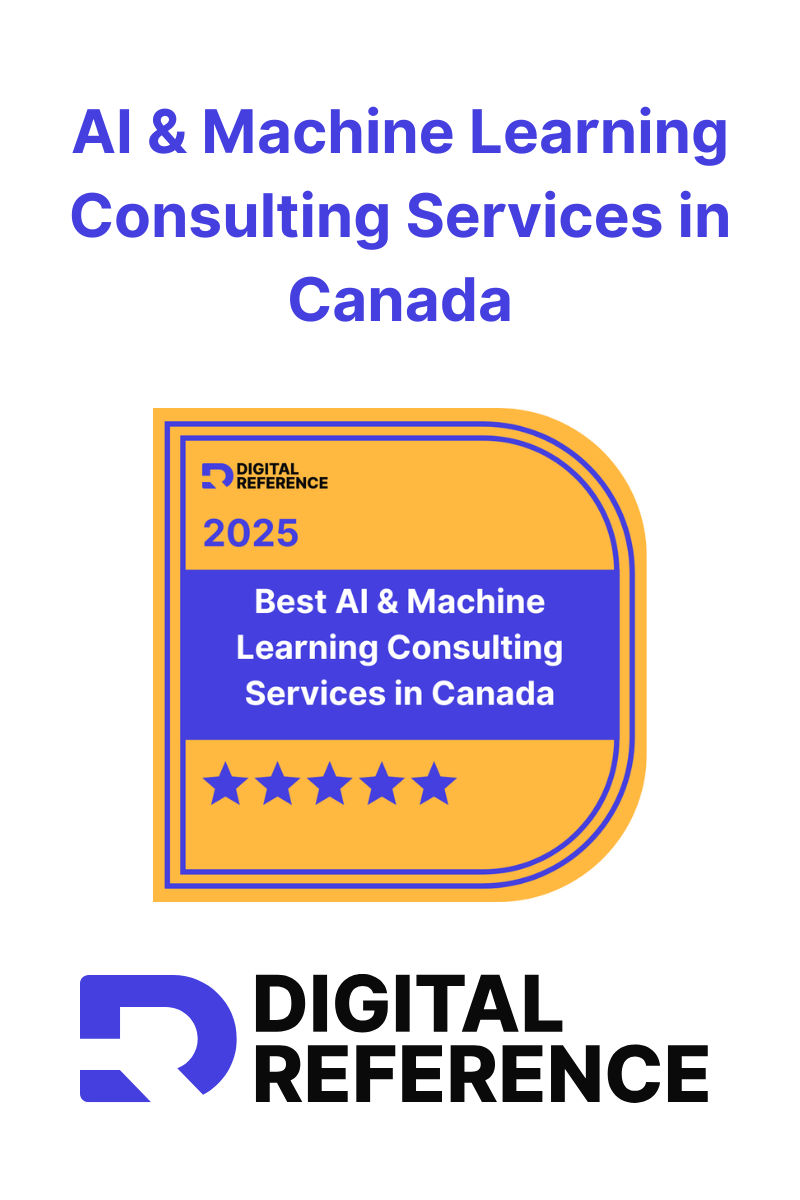
.png)

